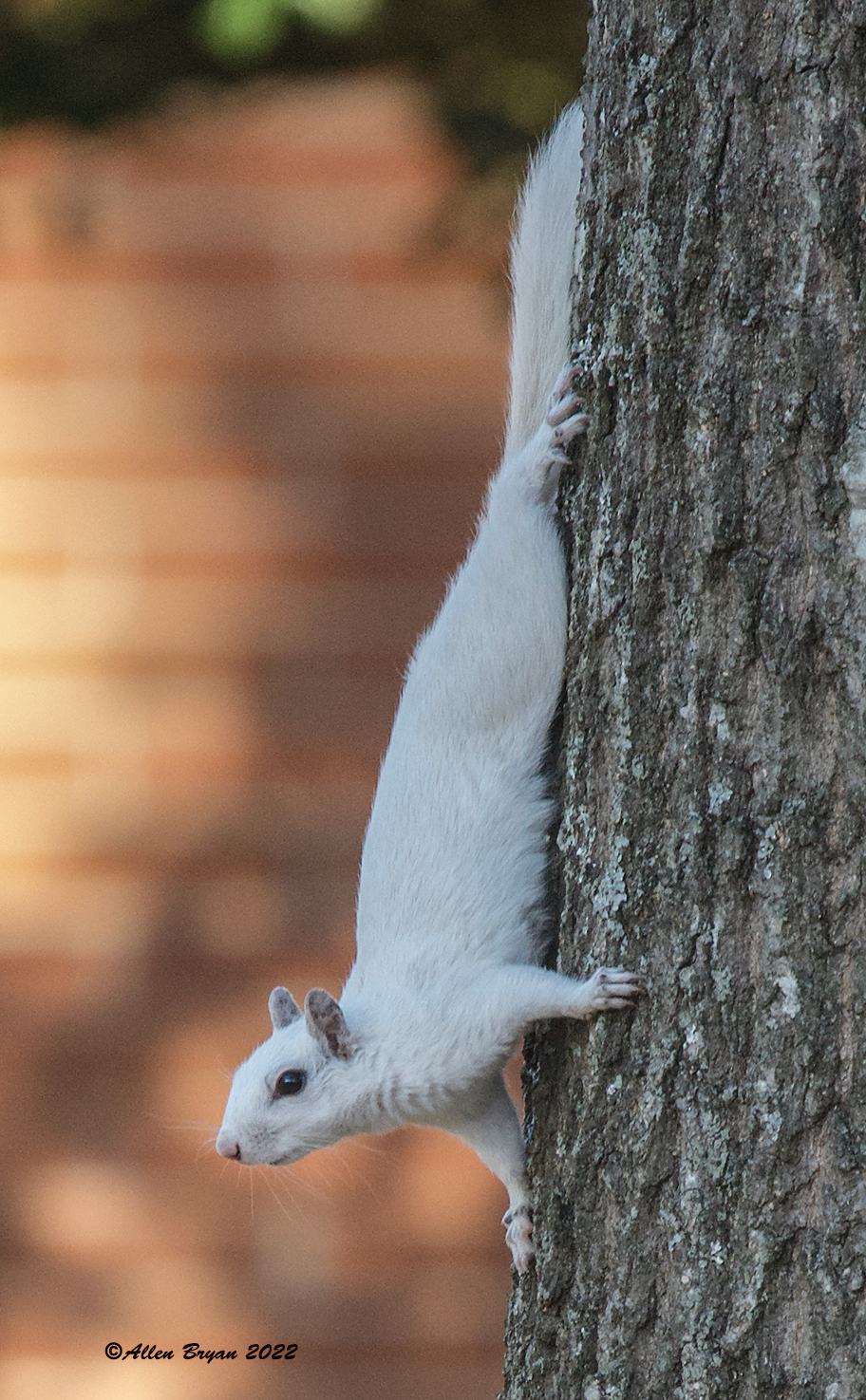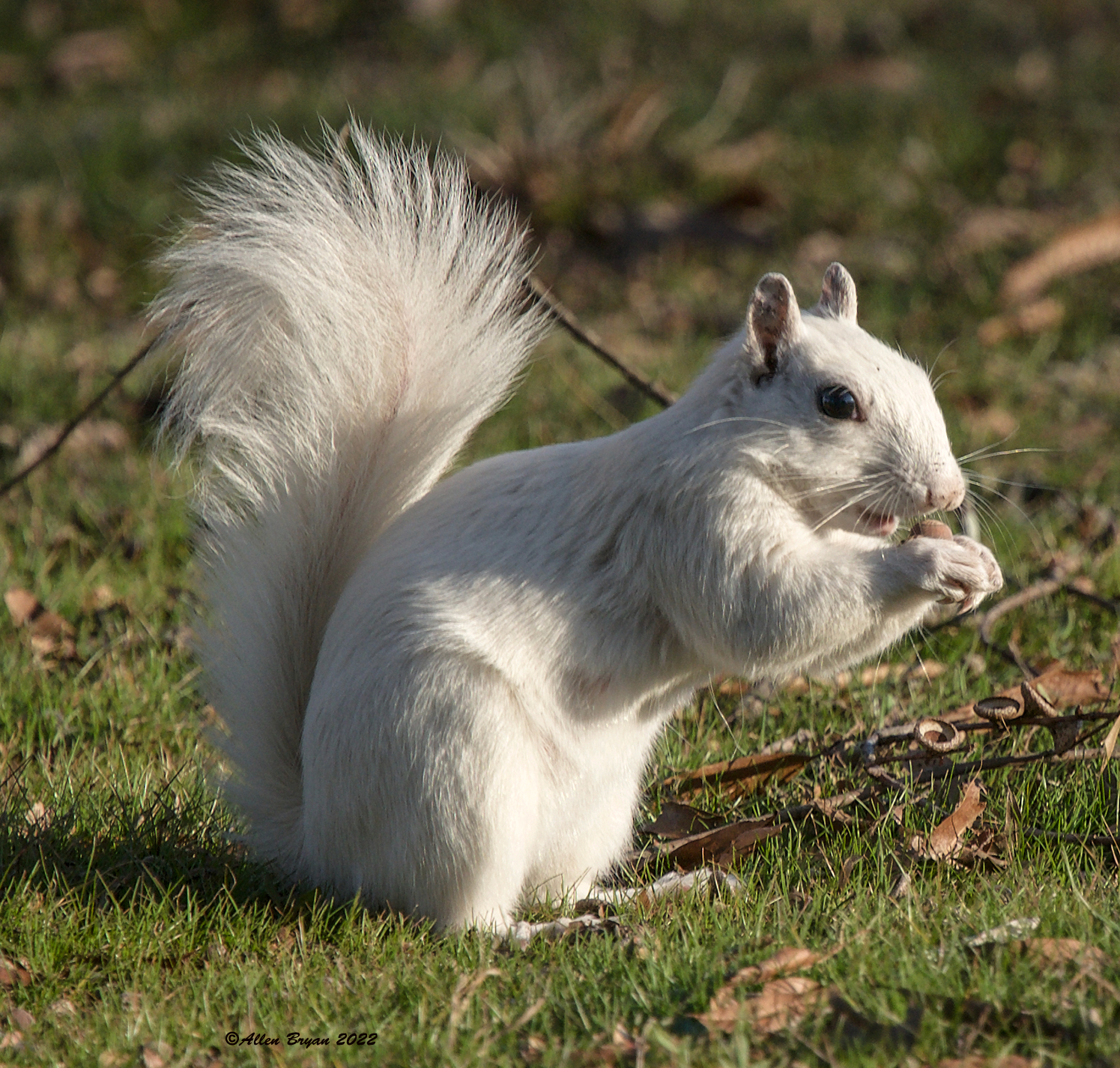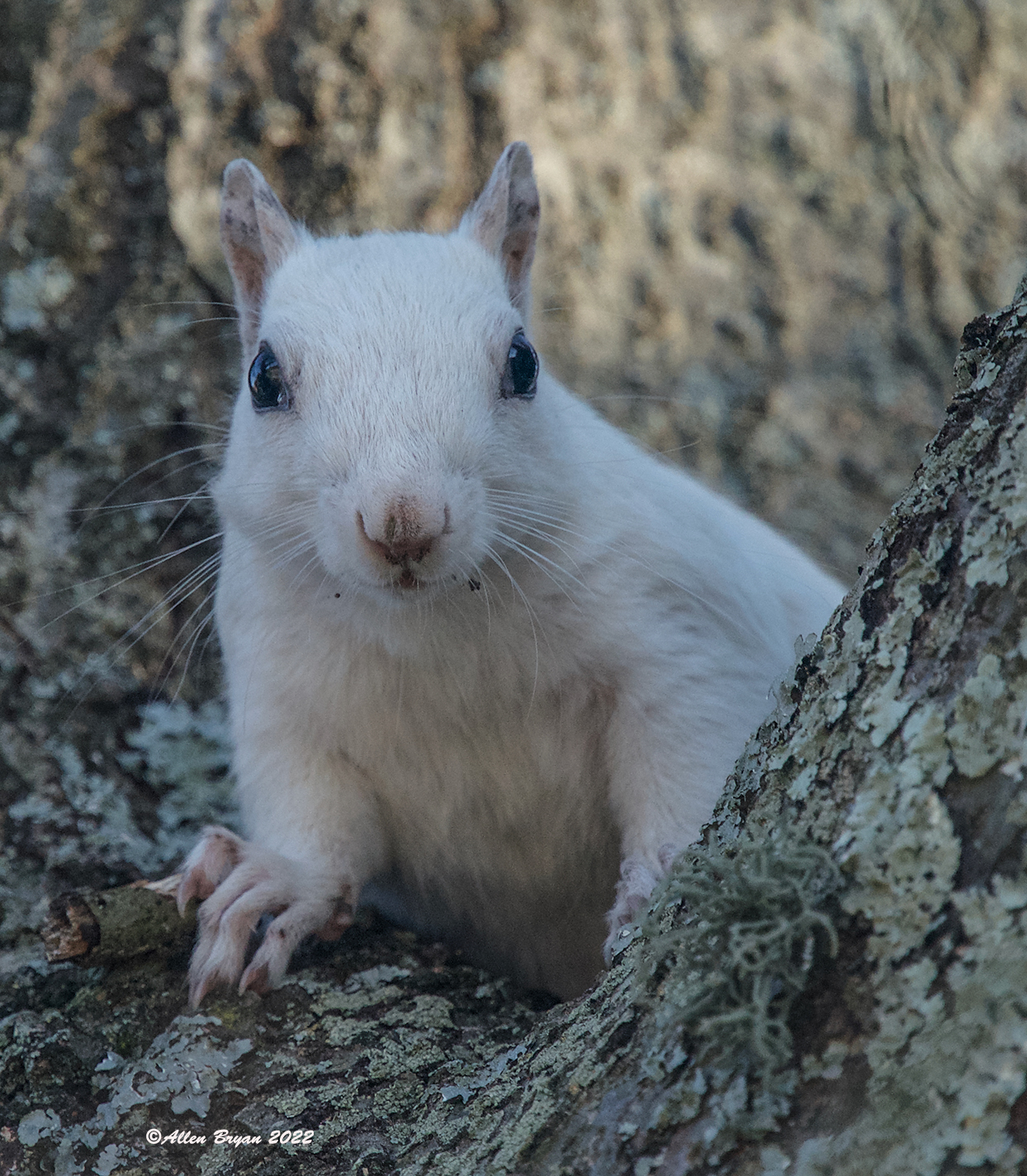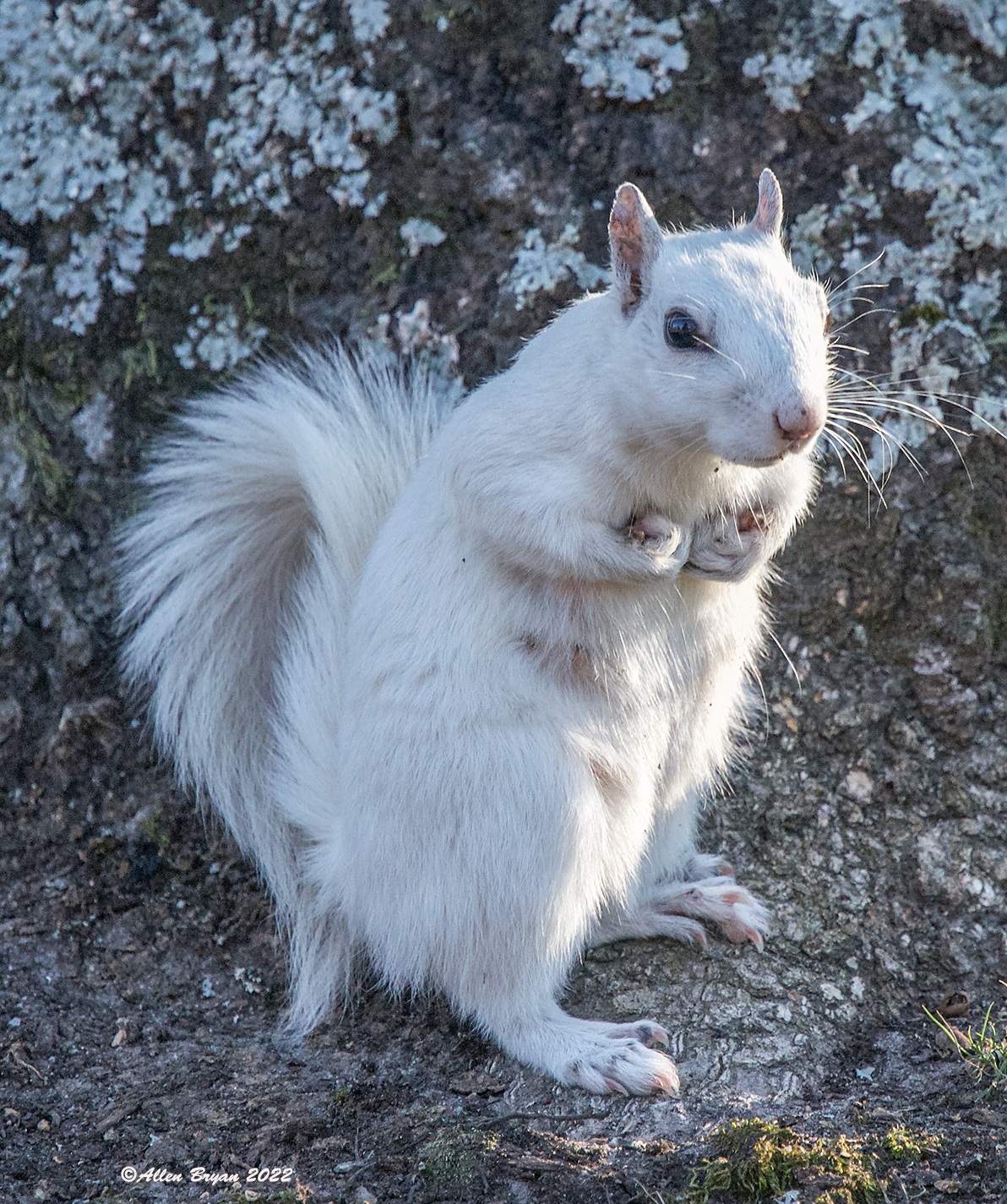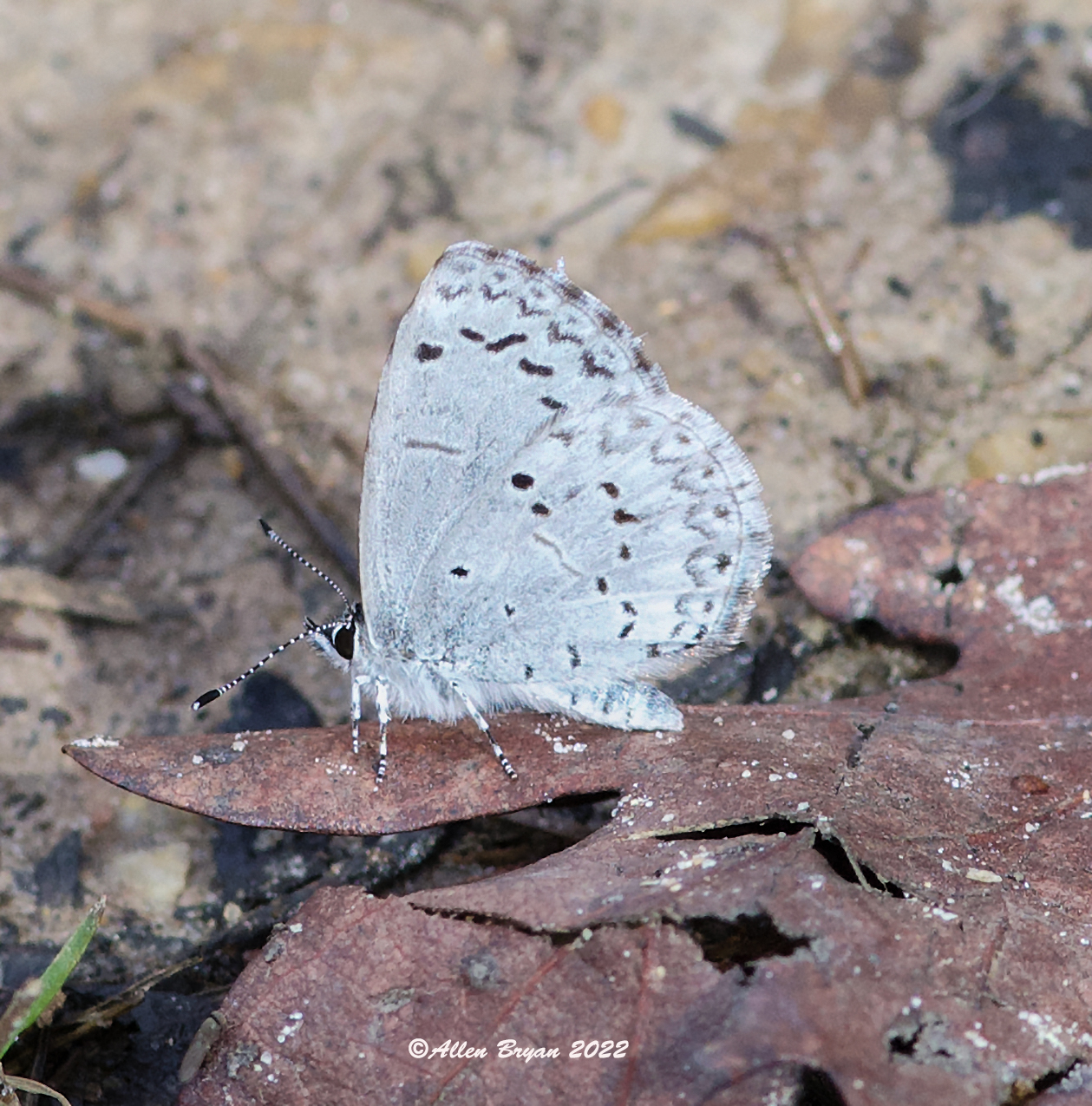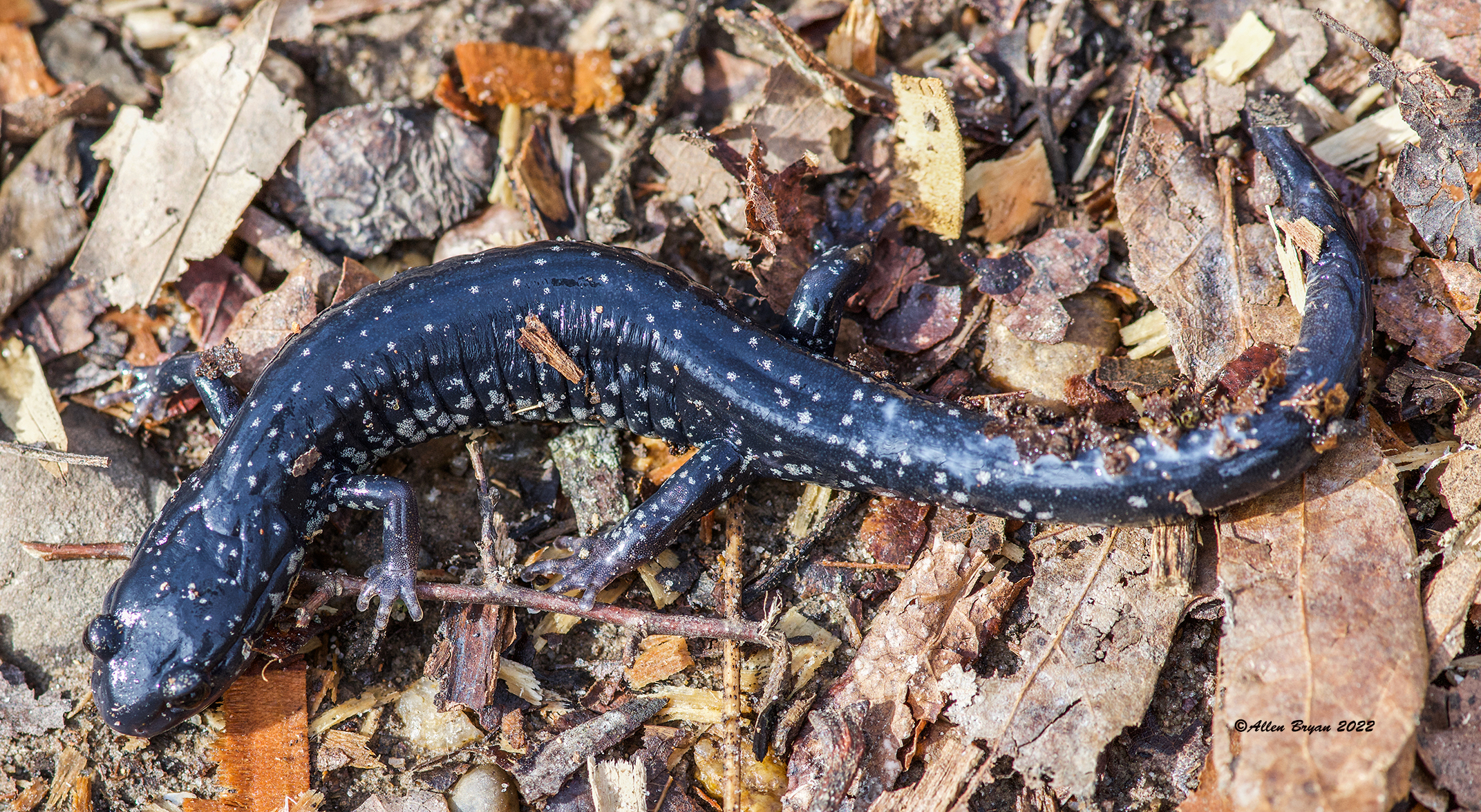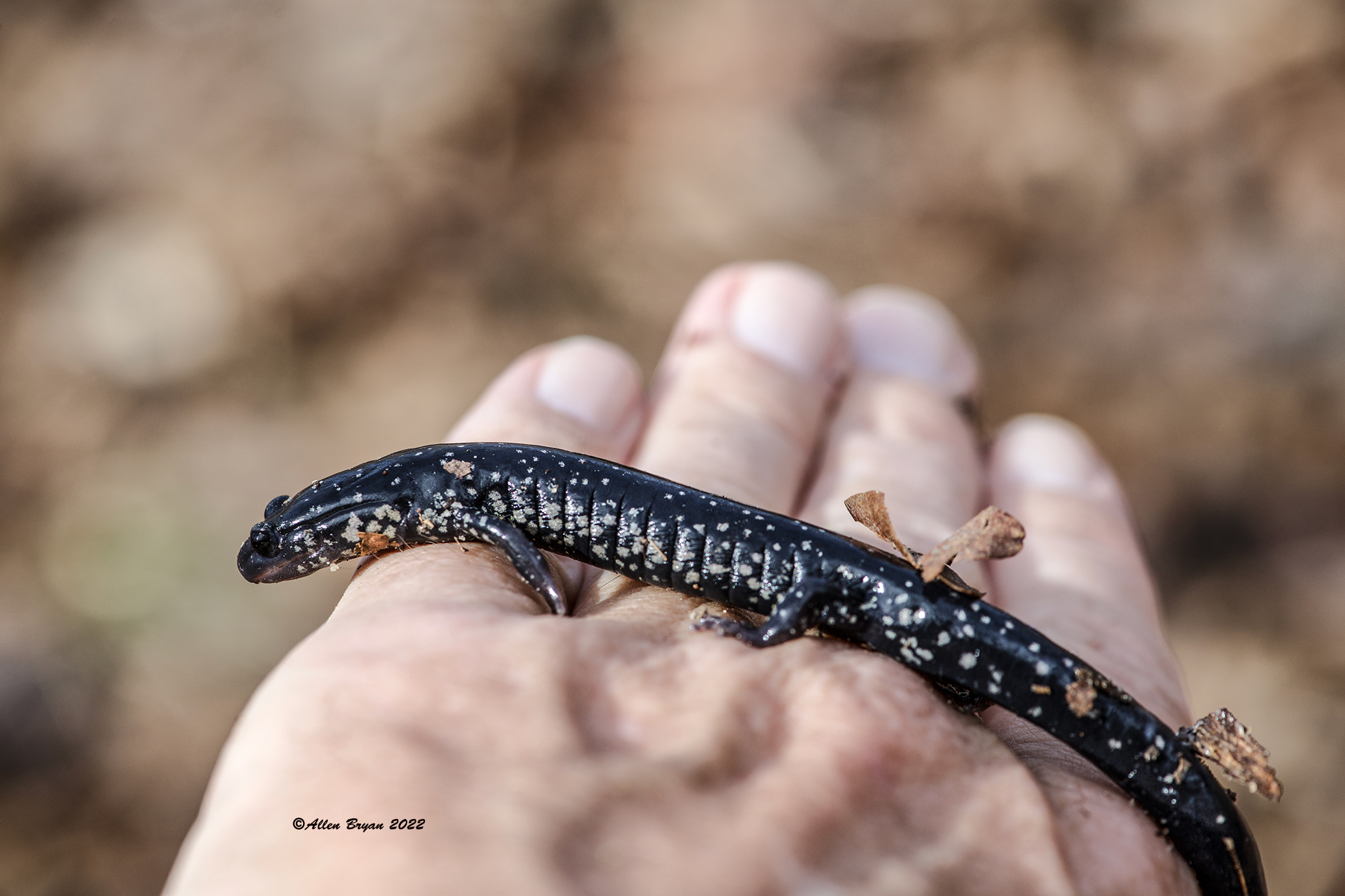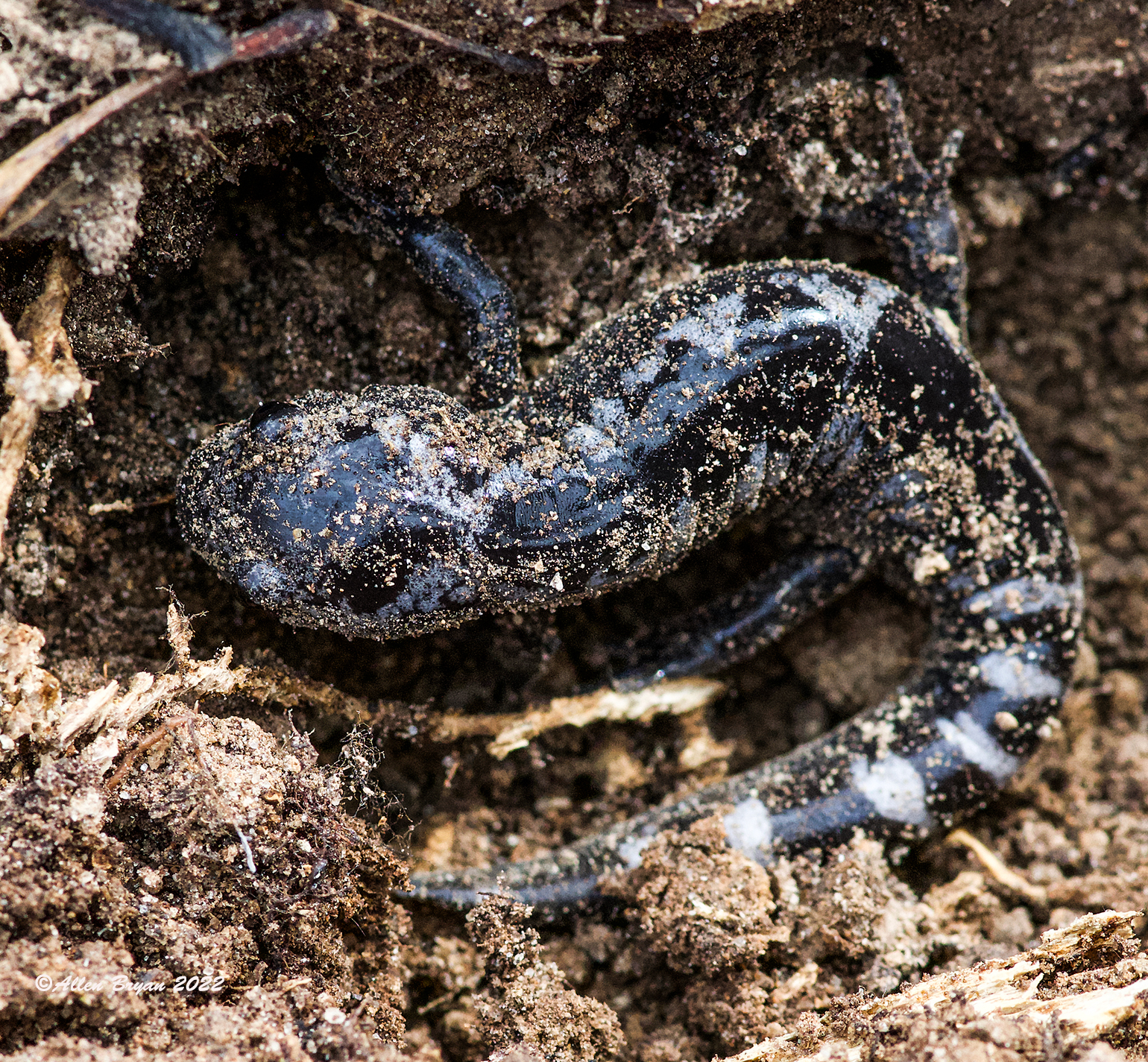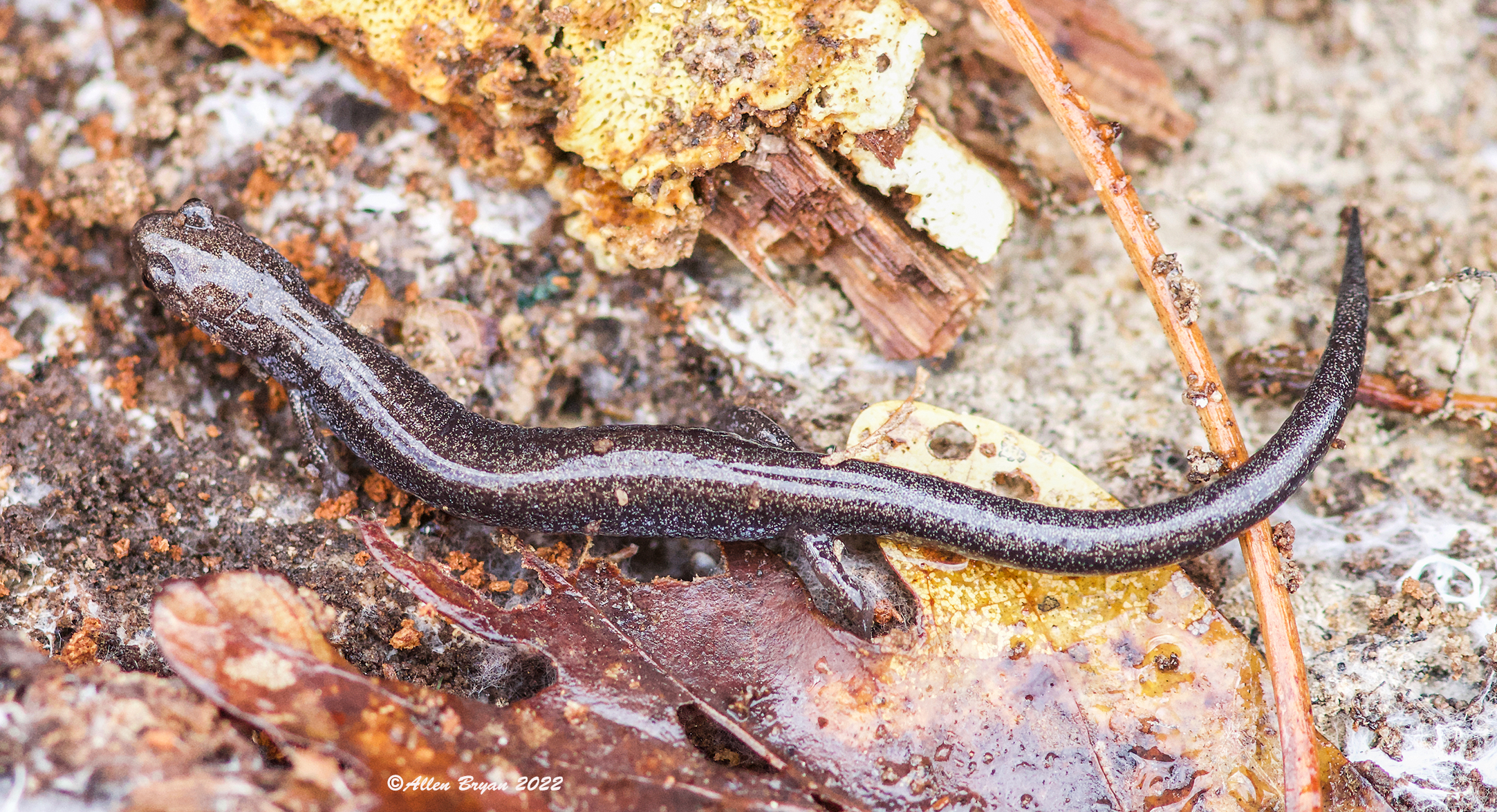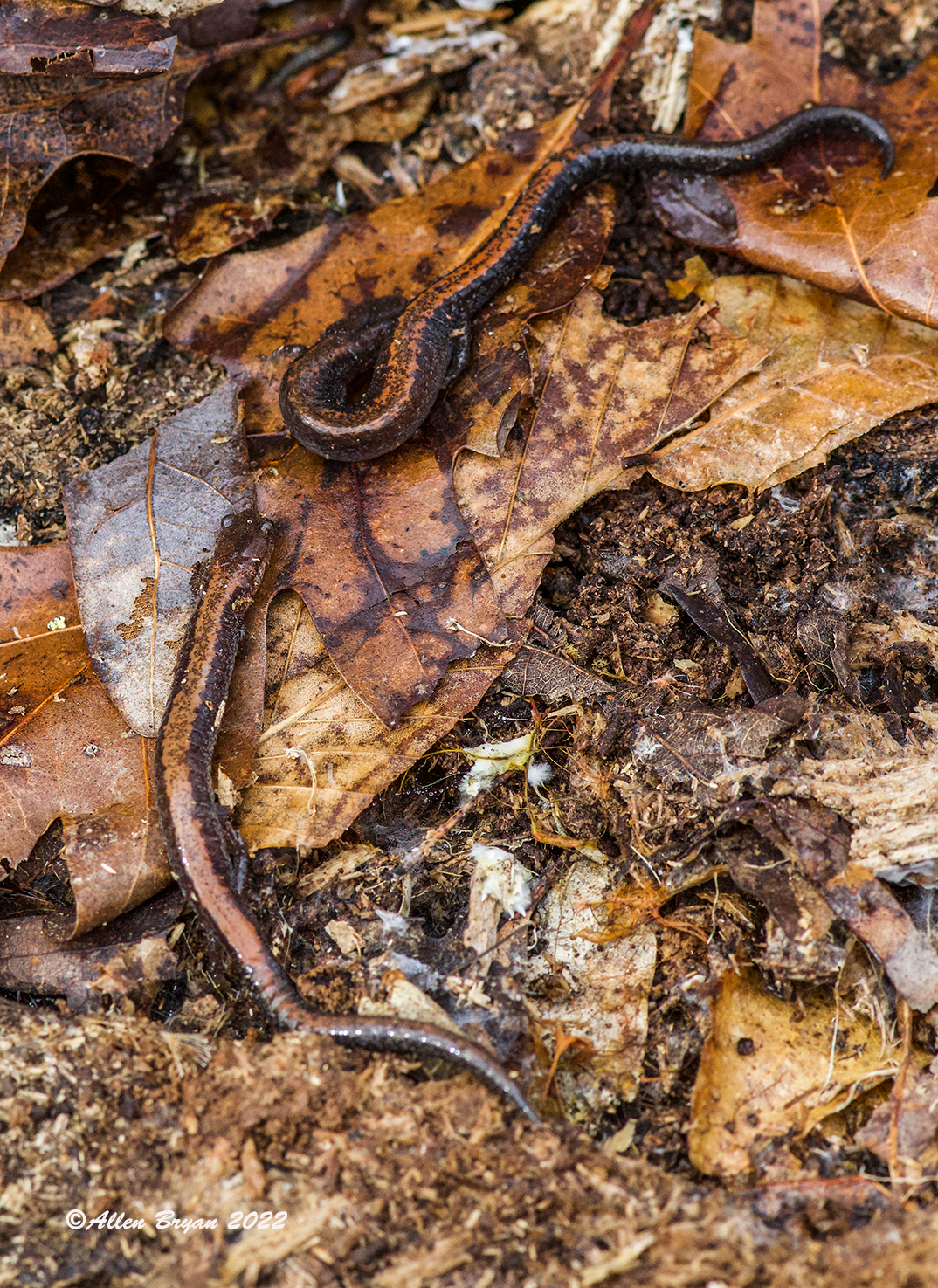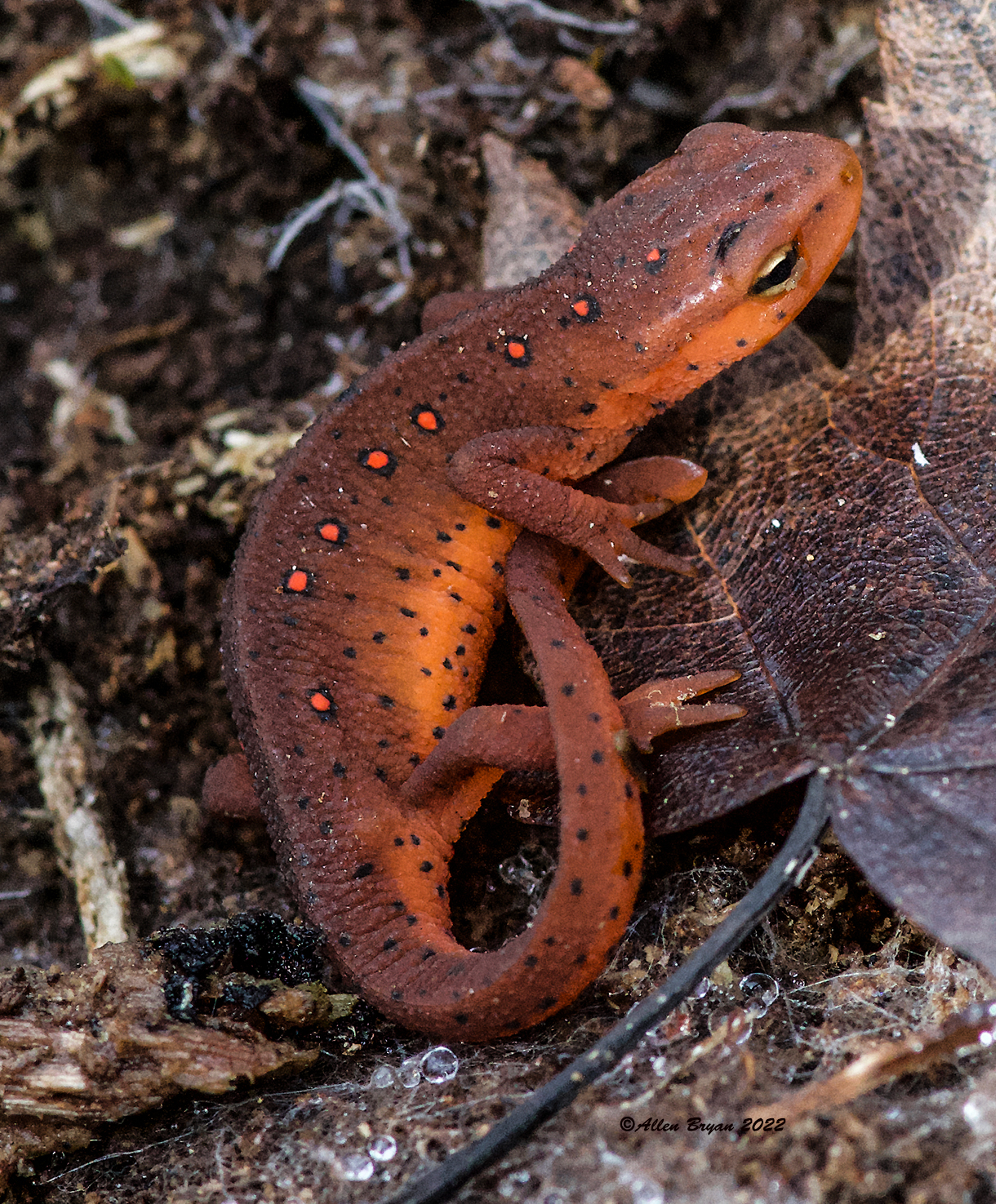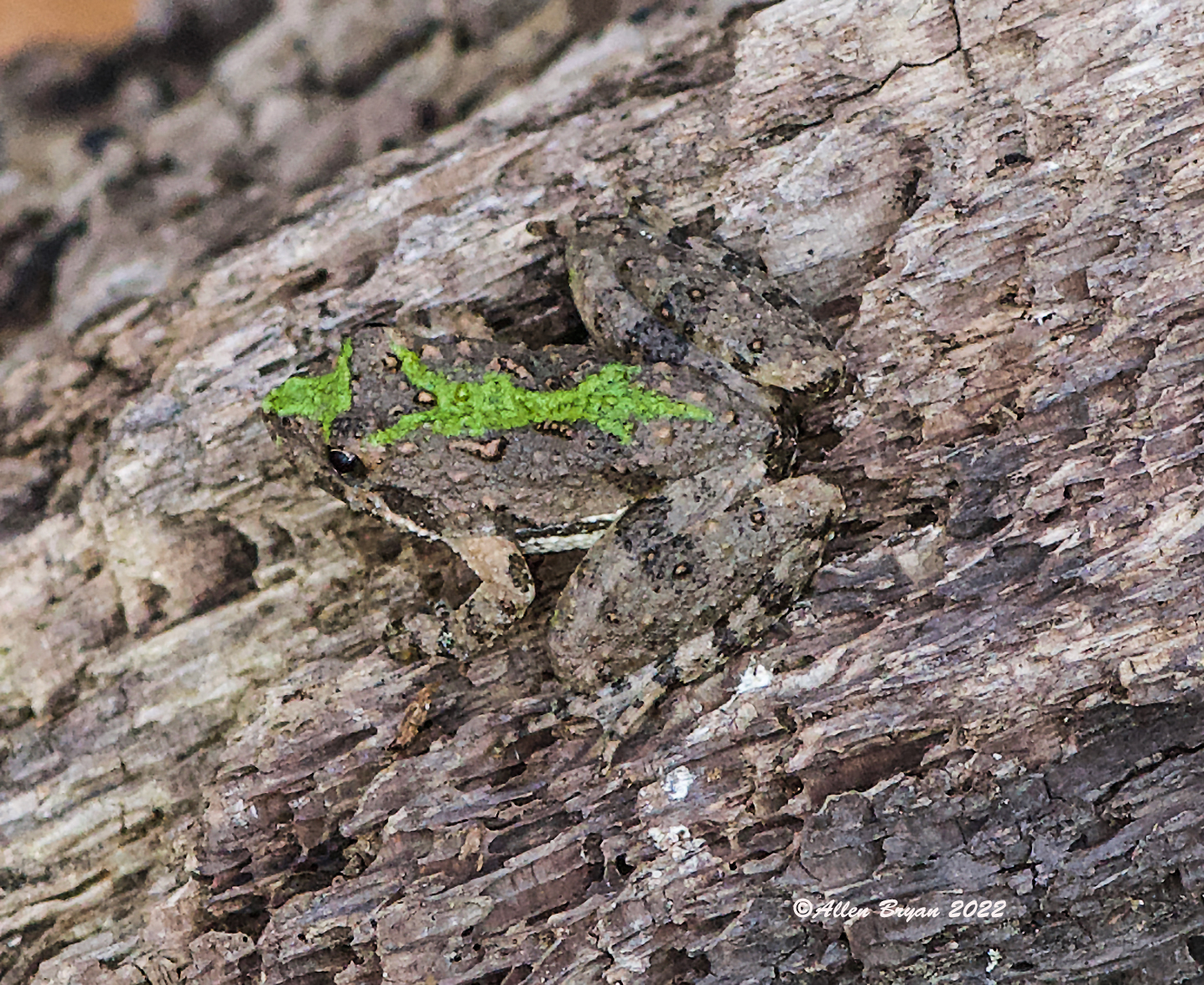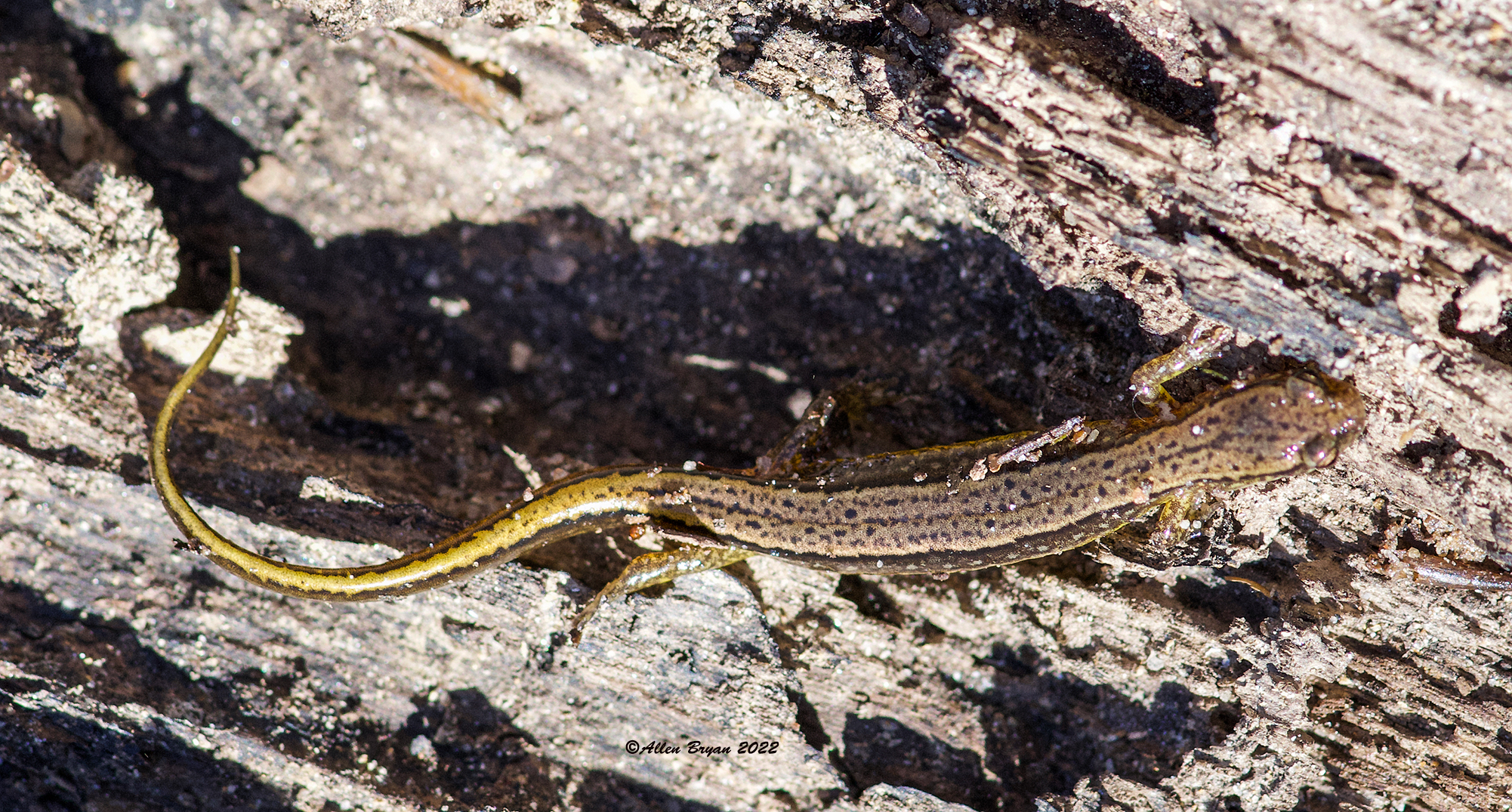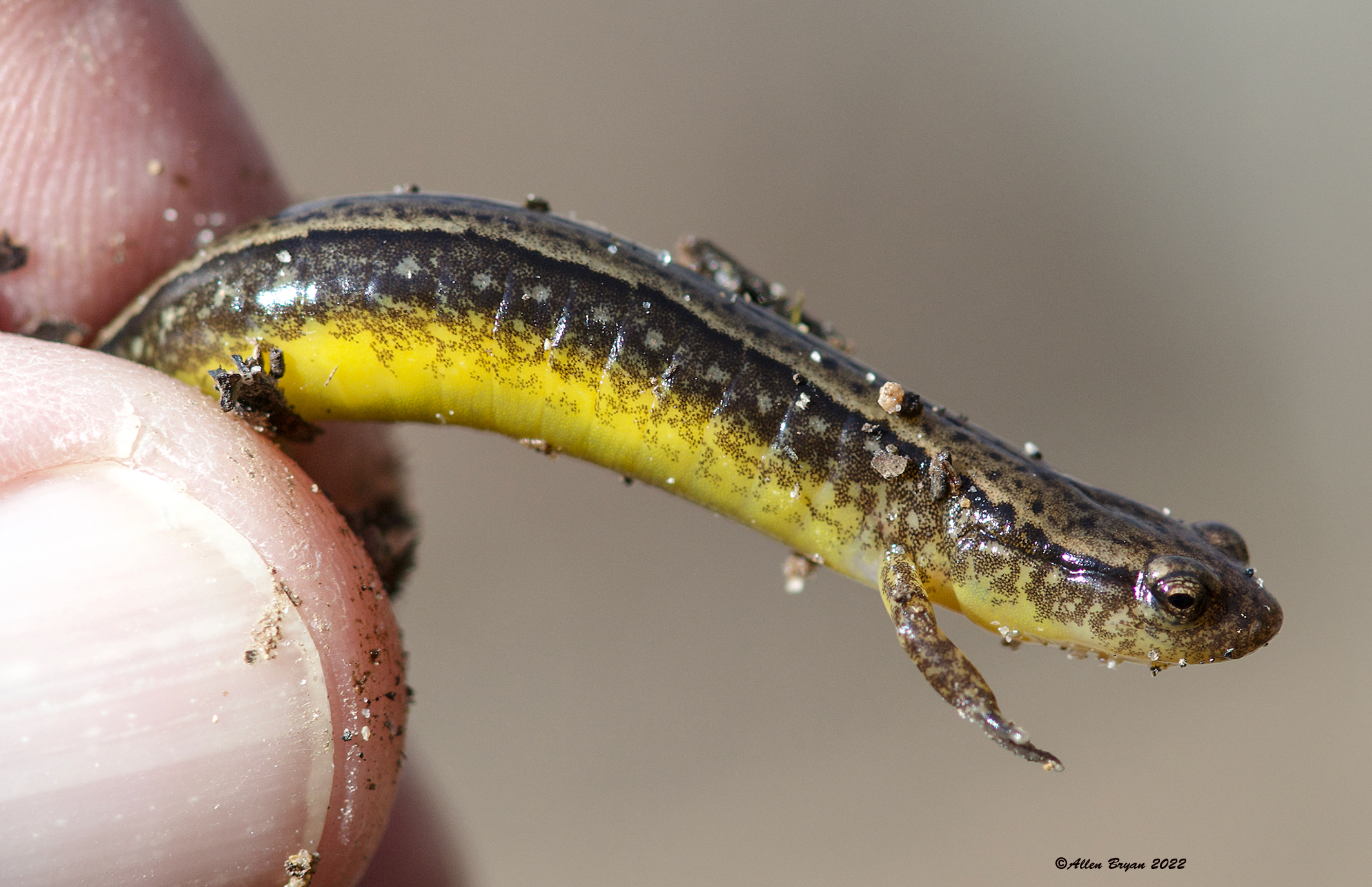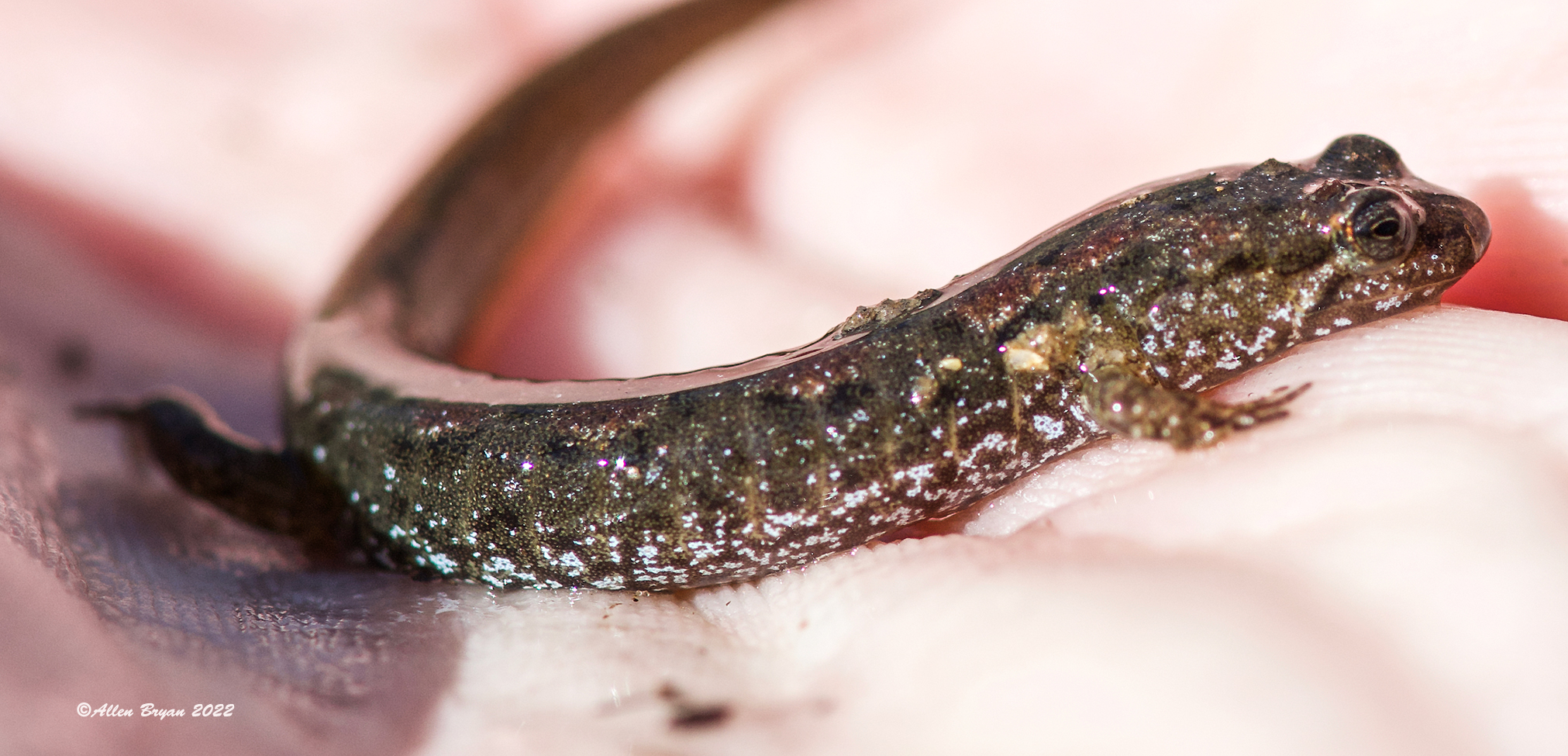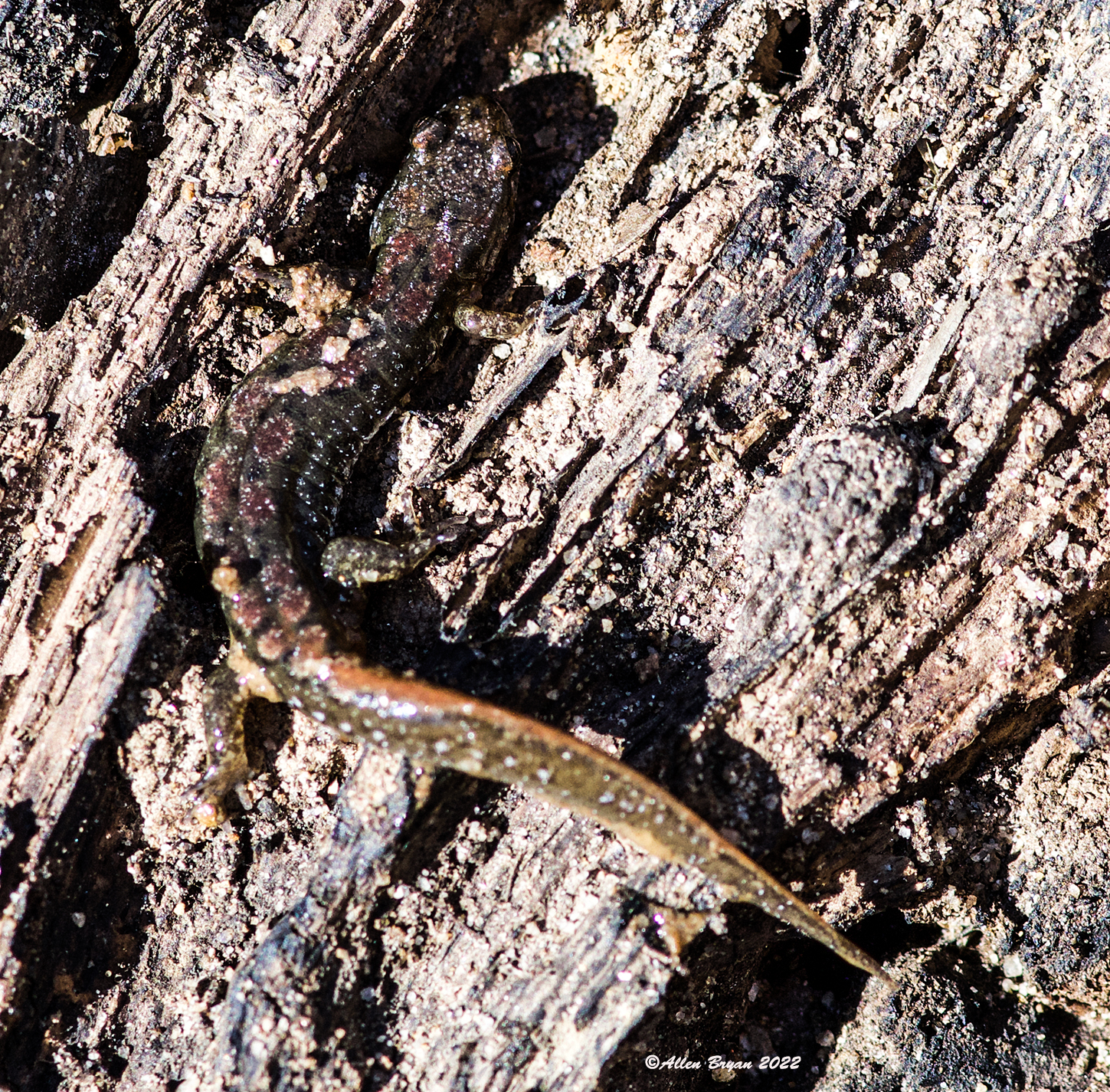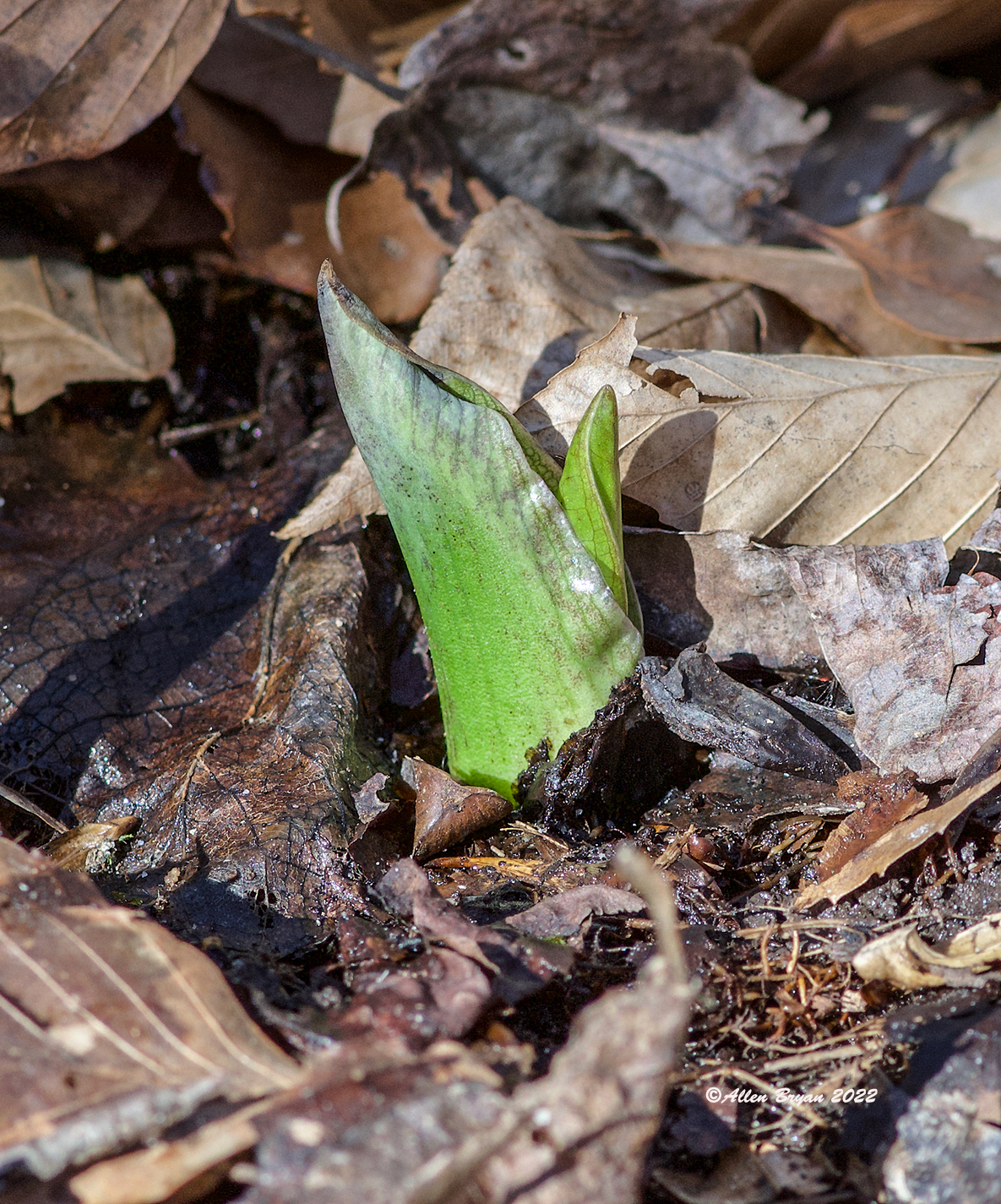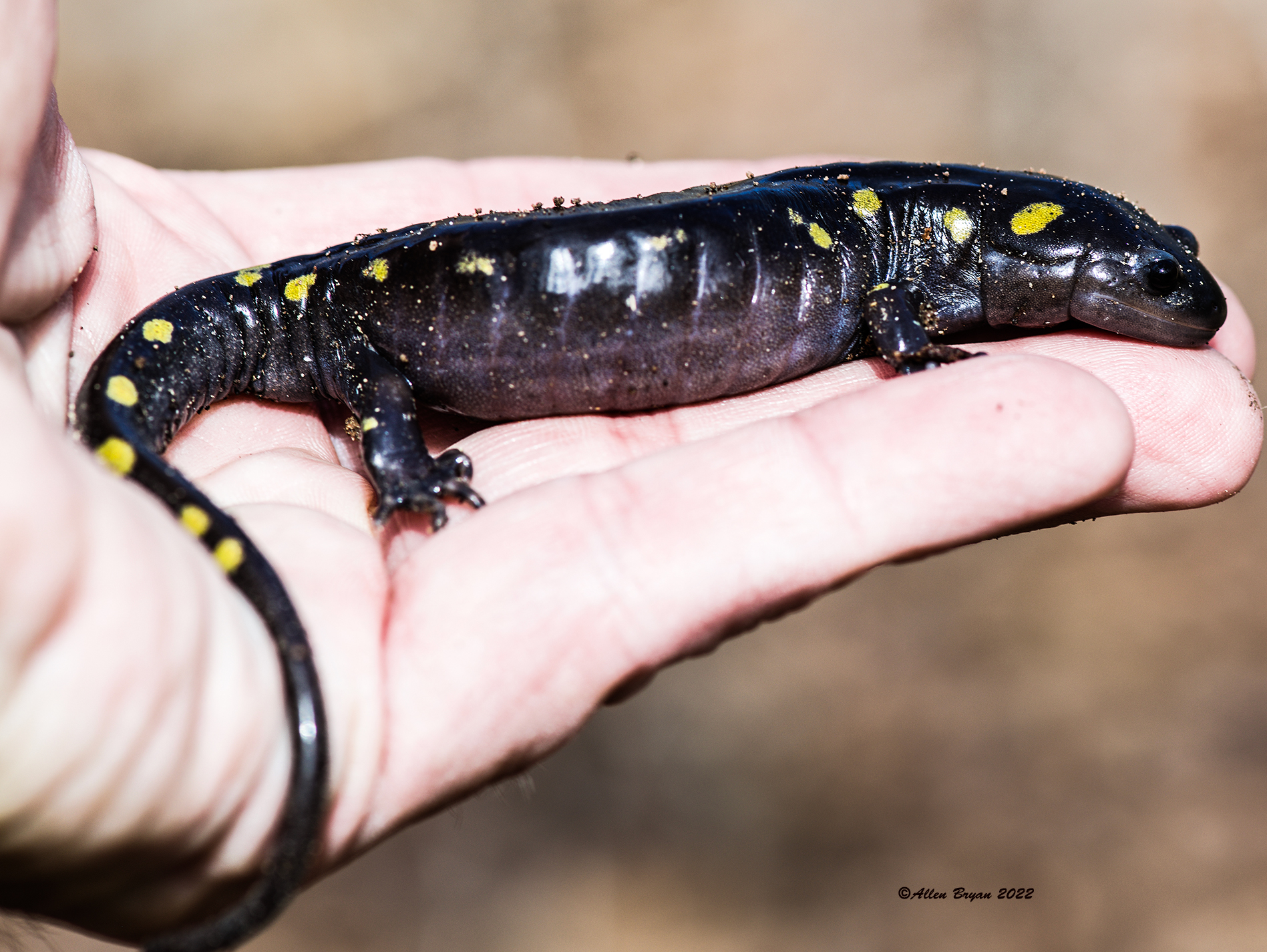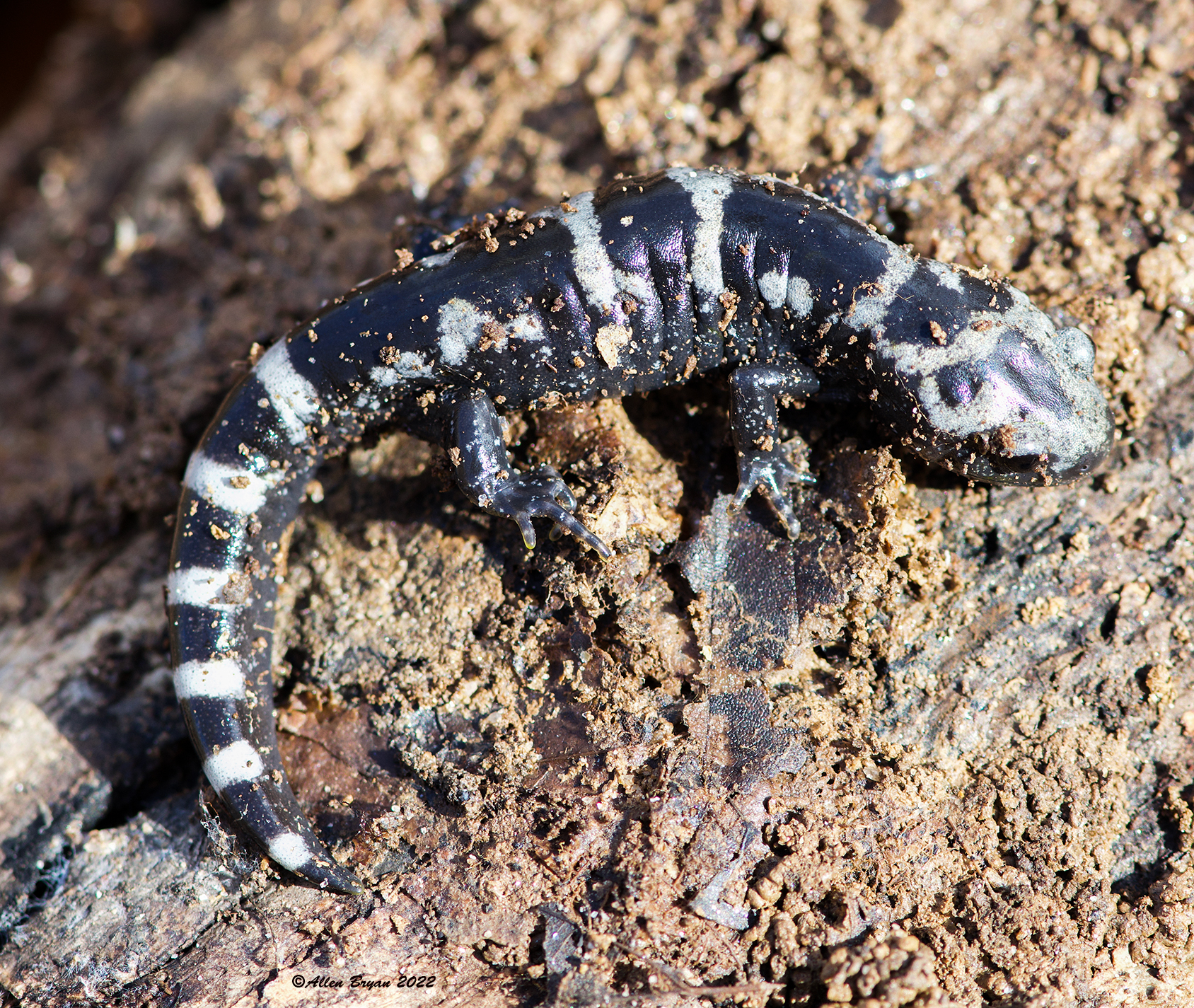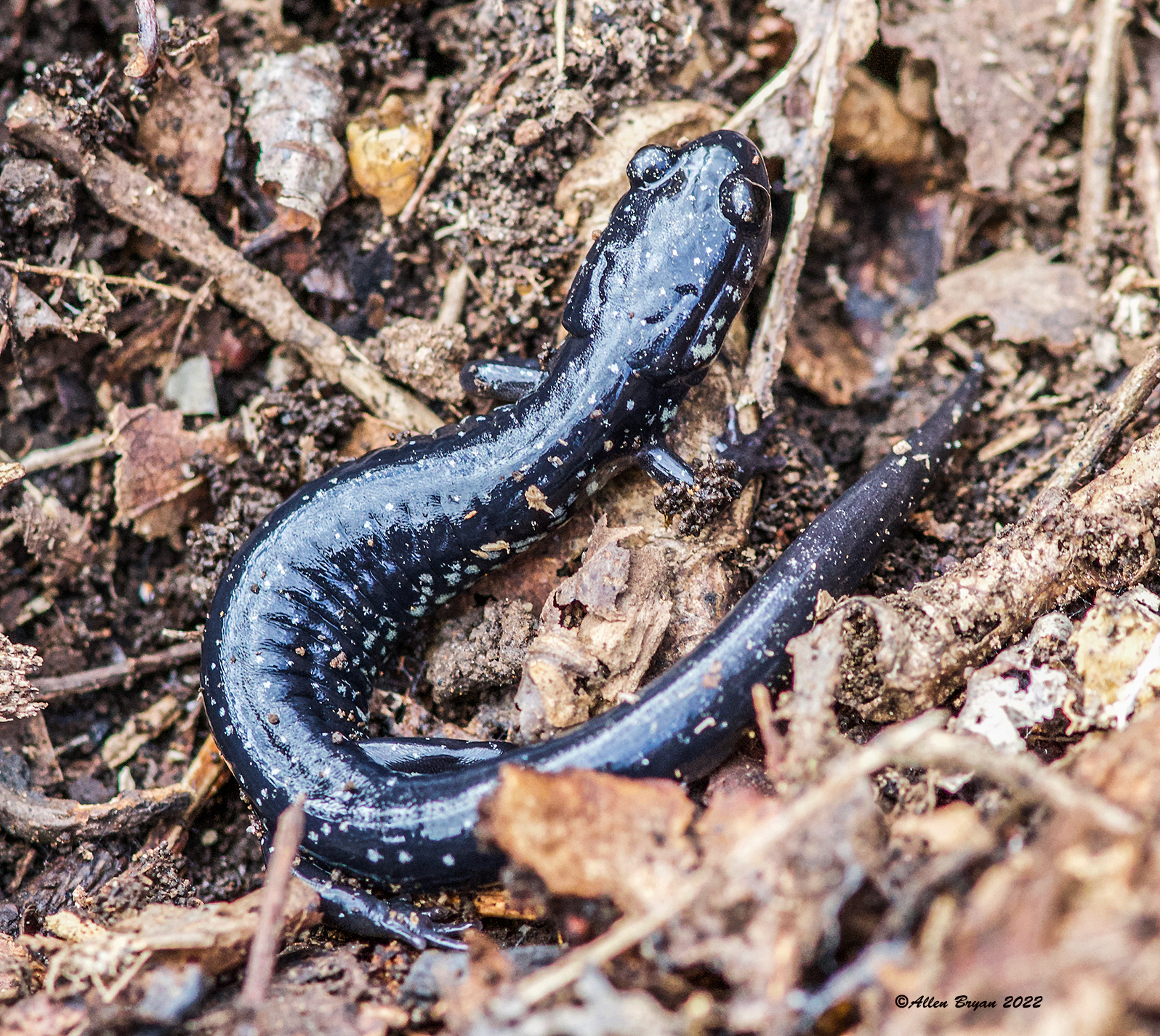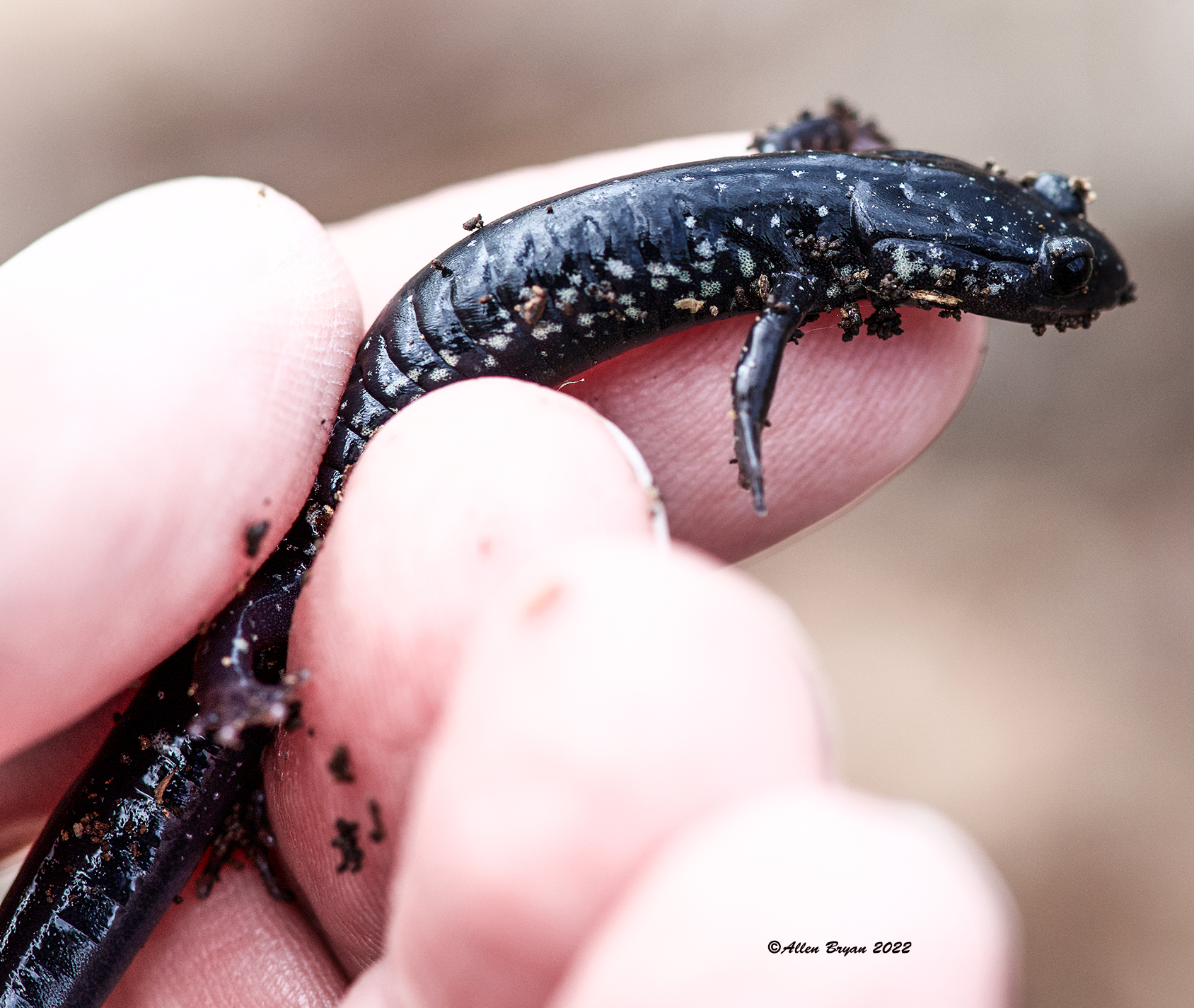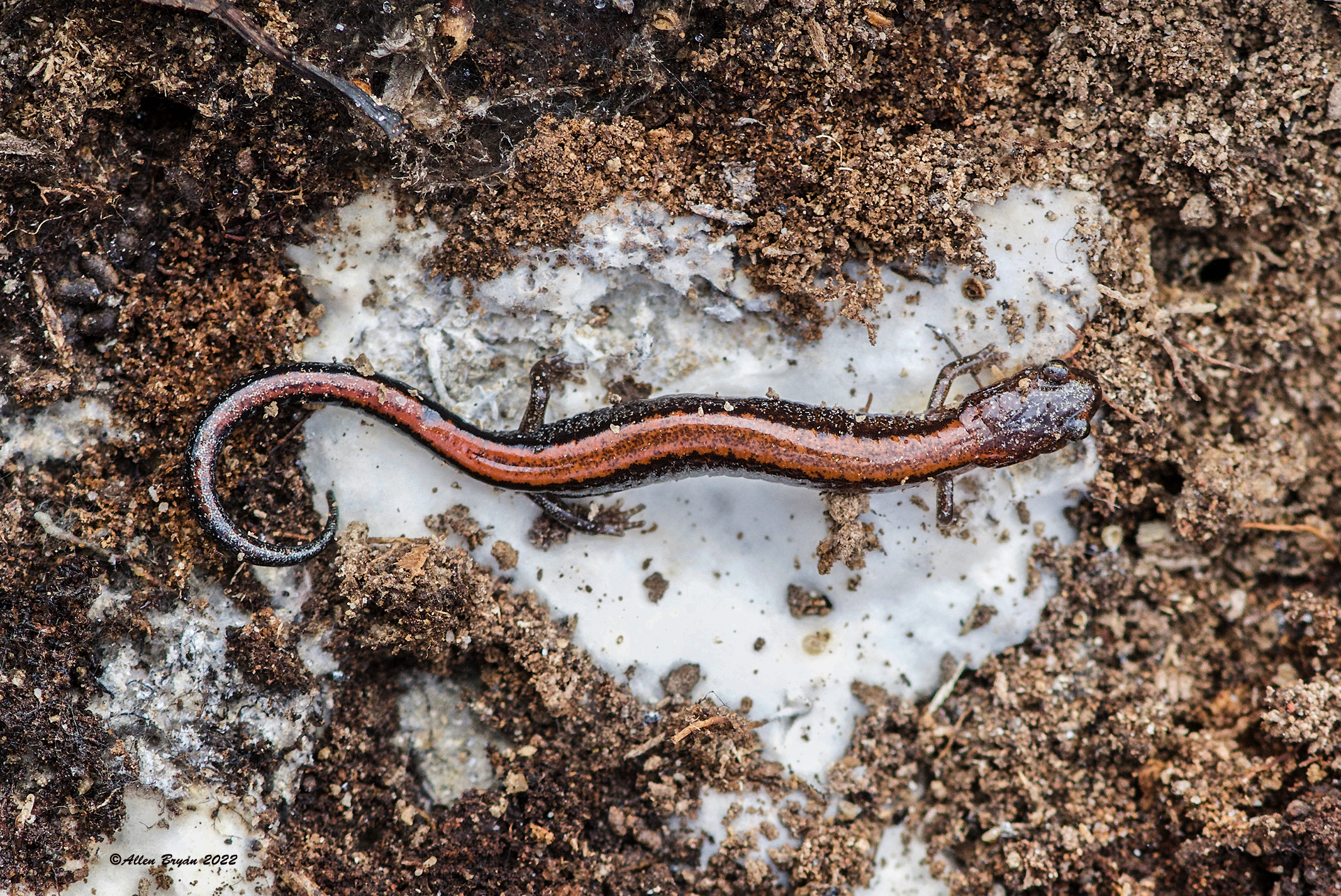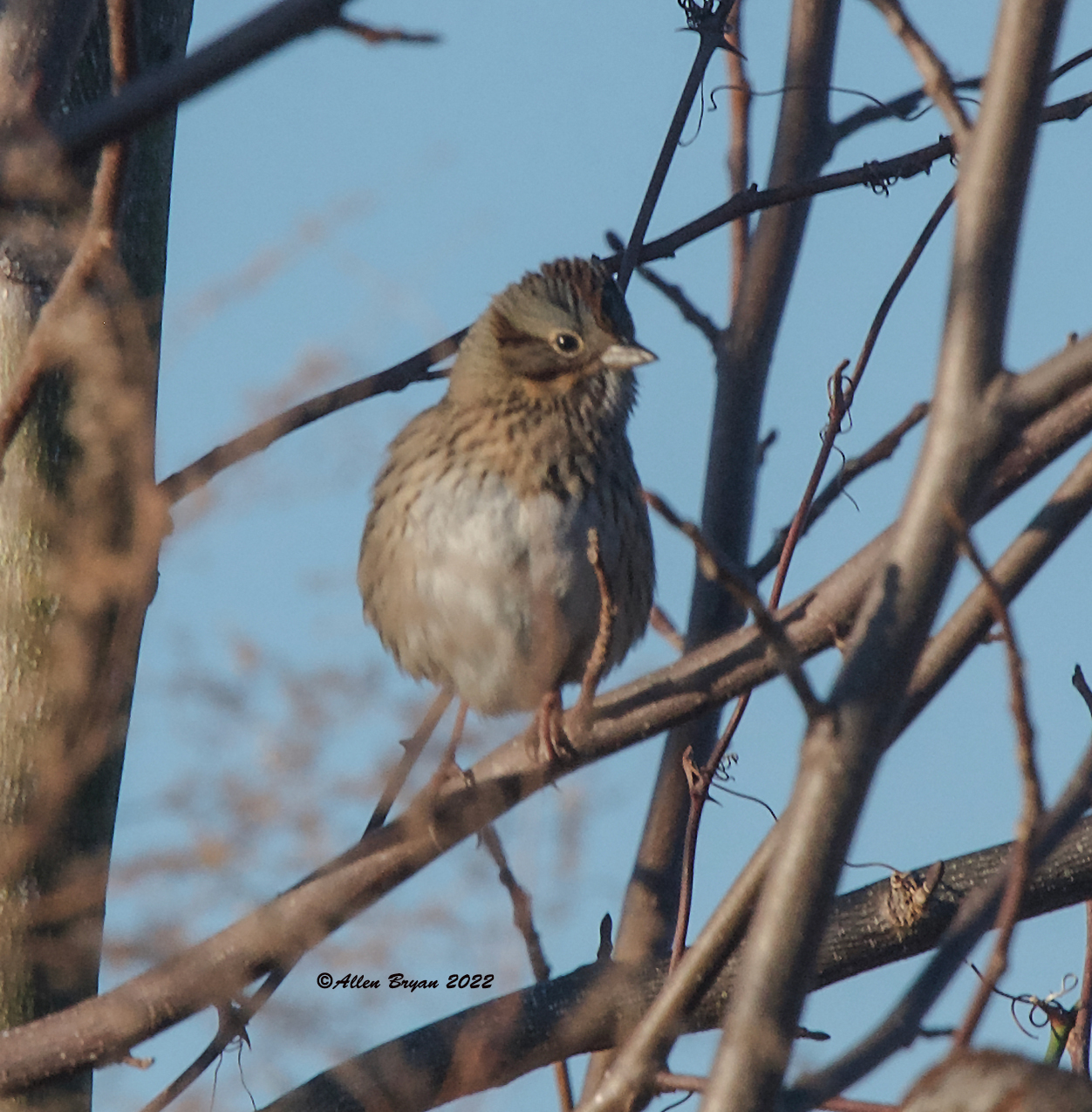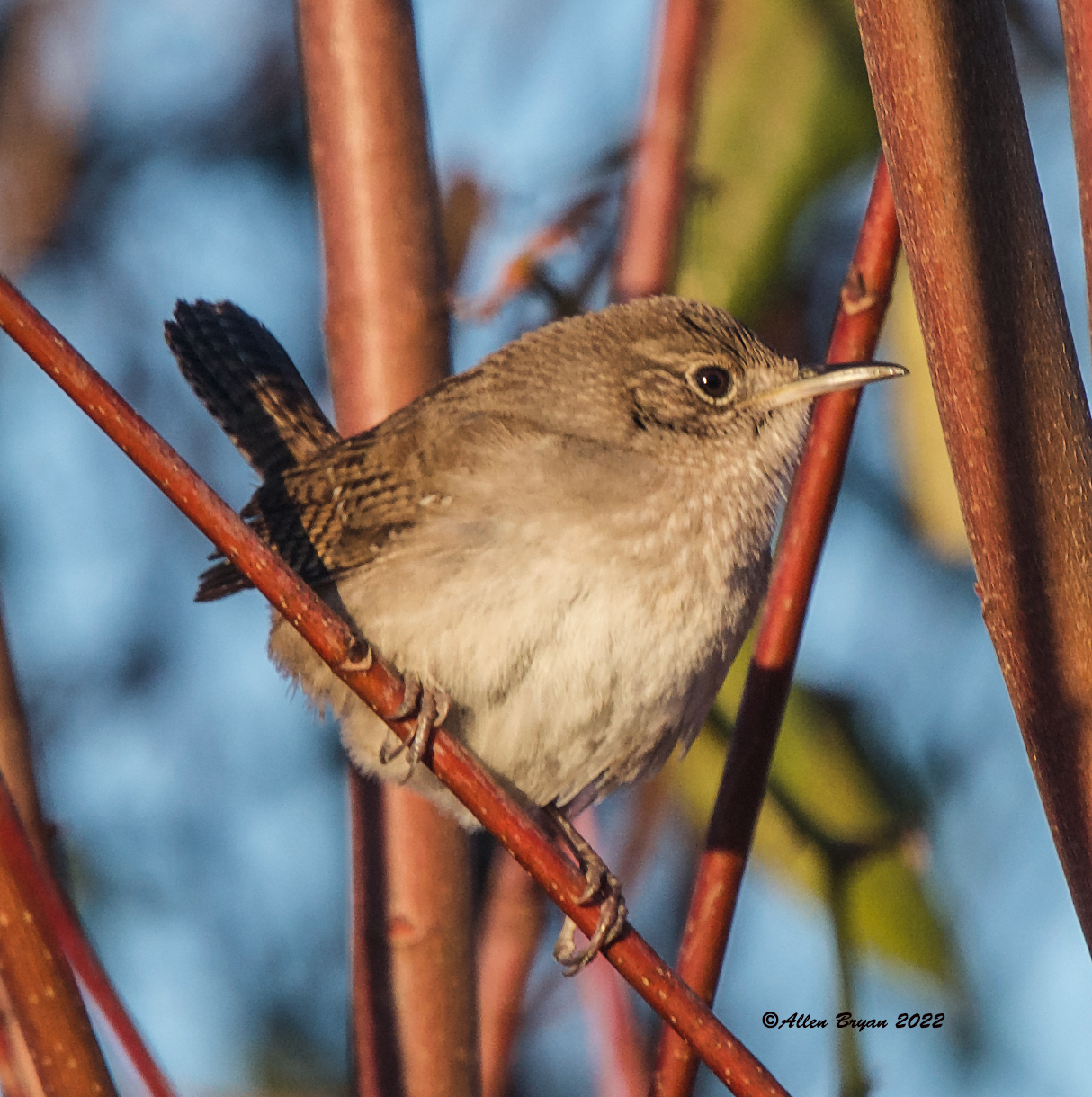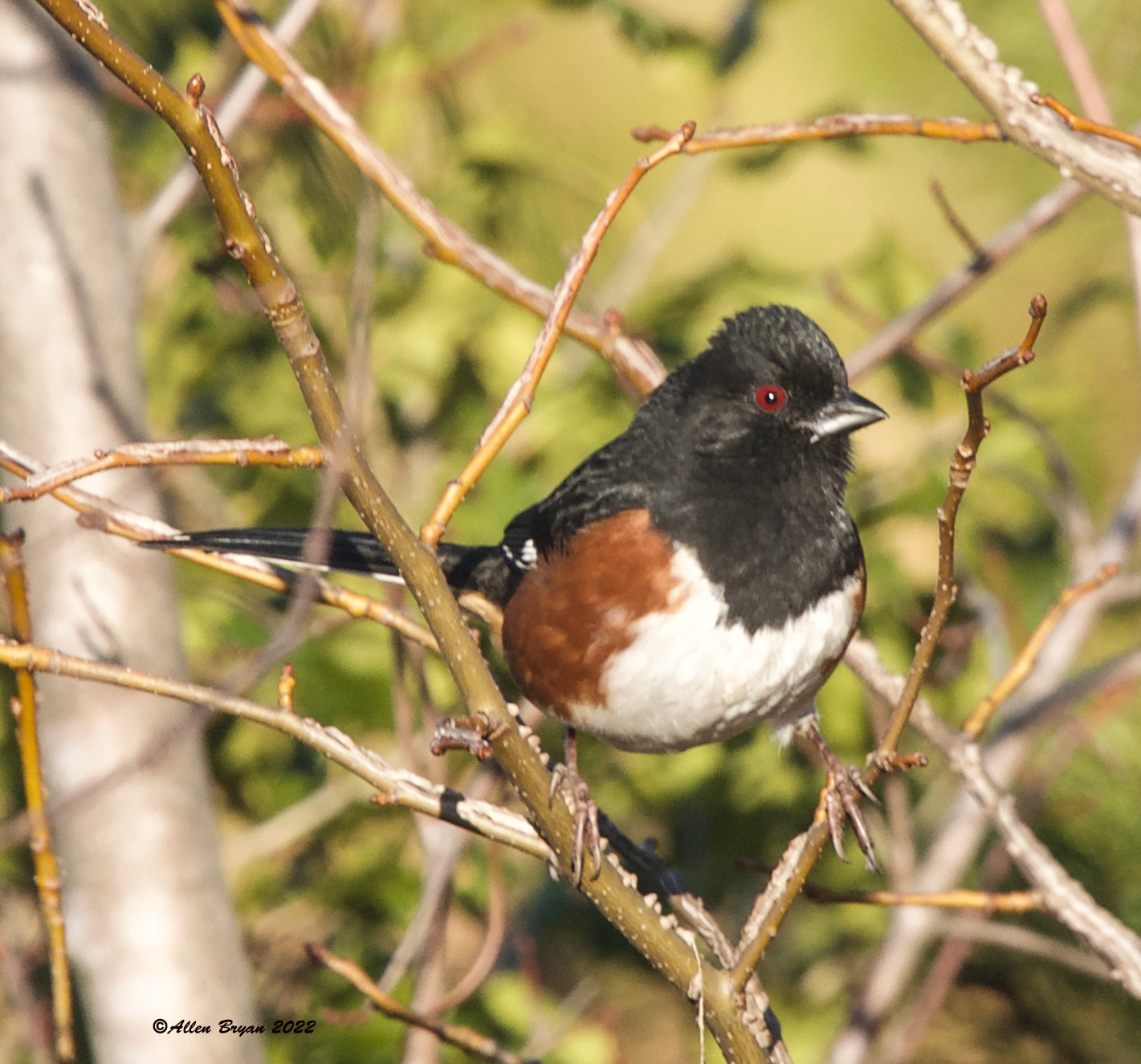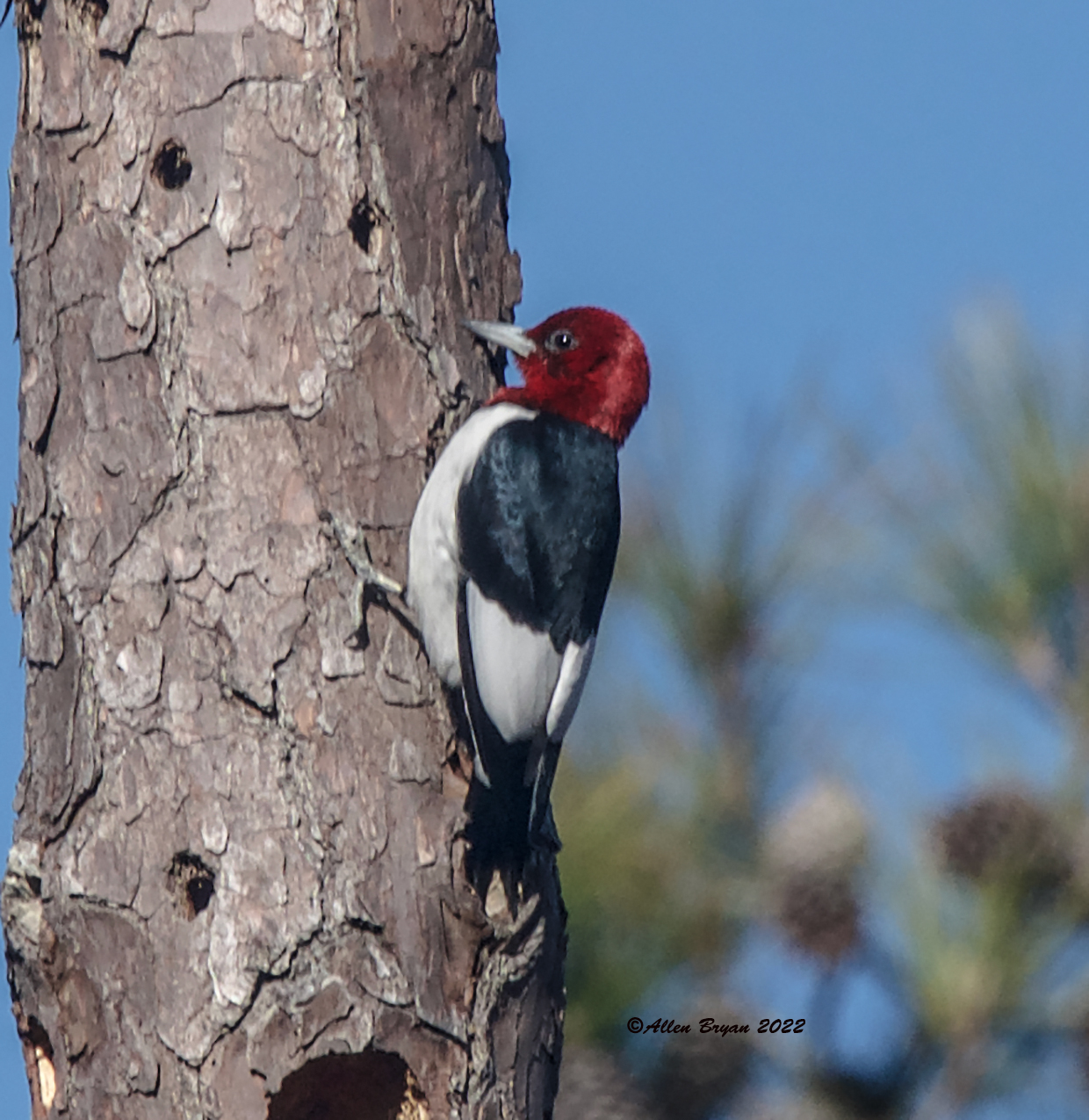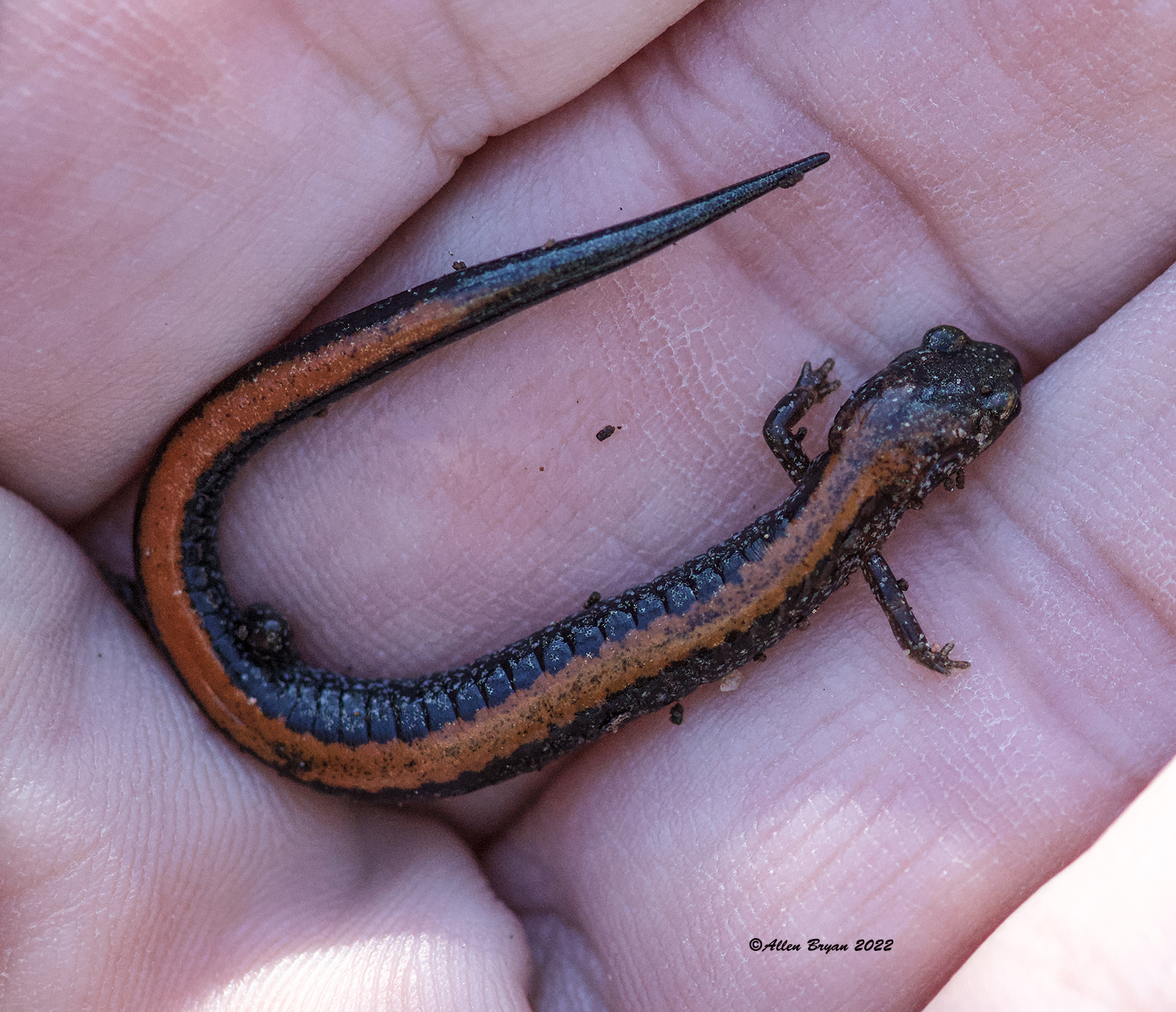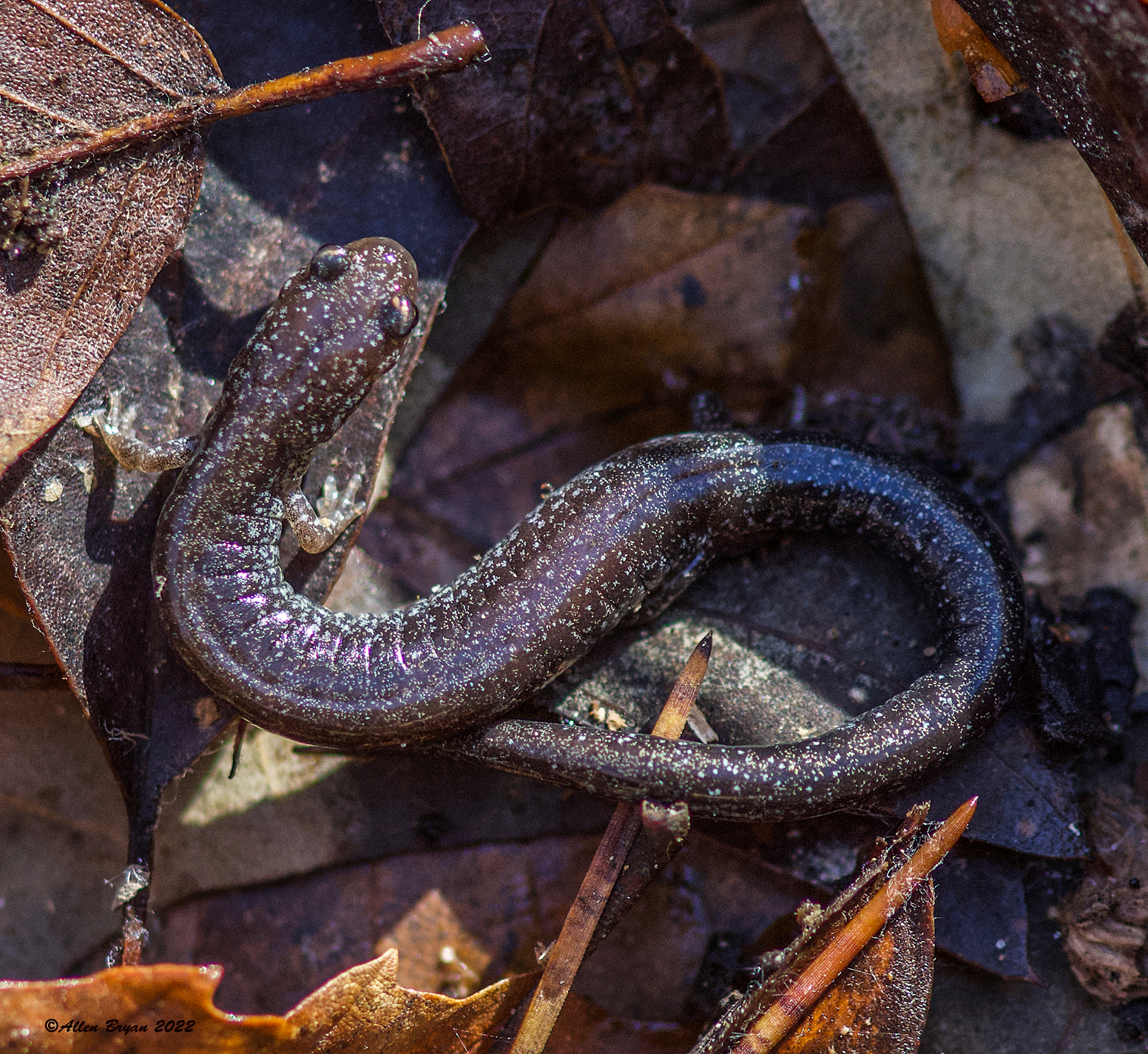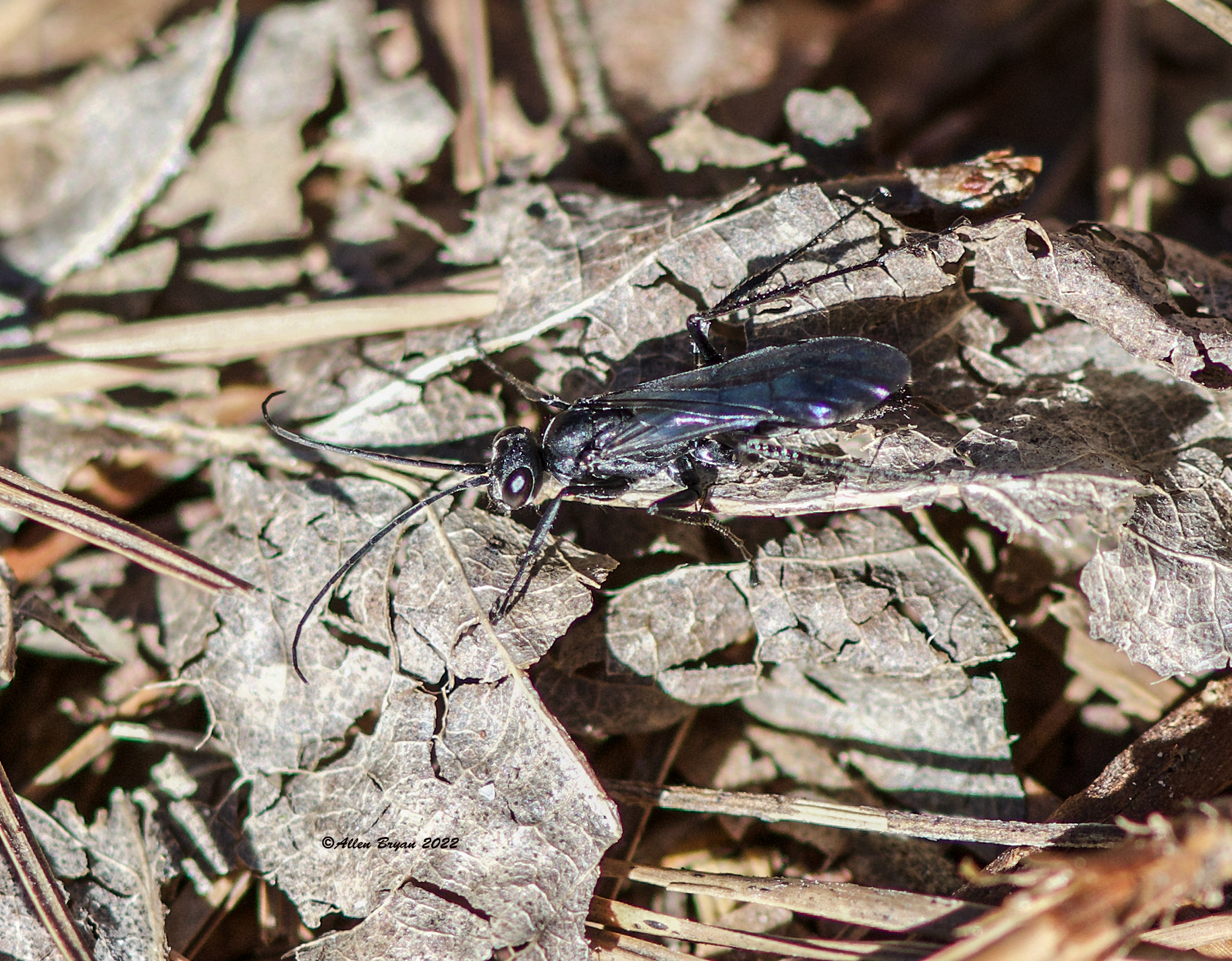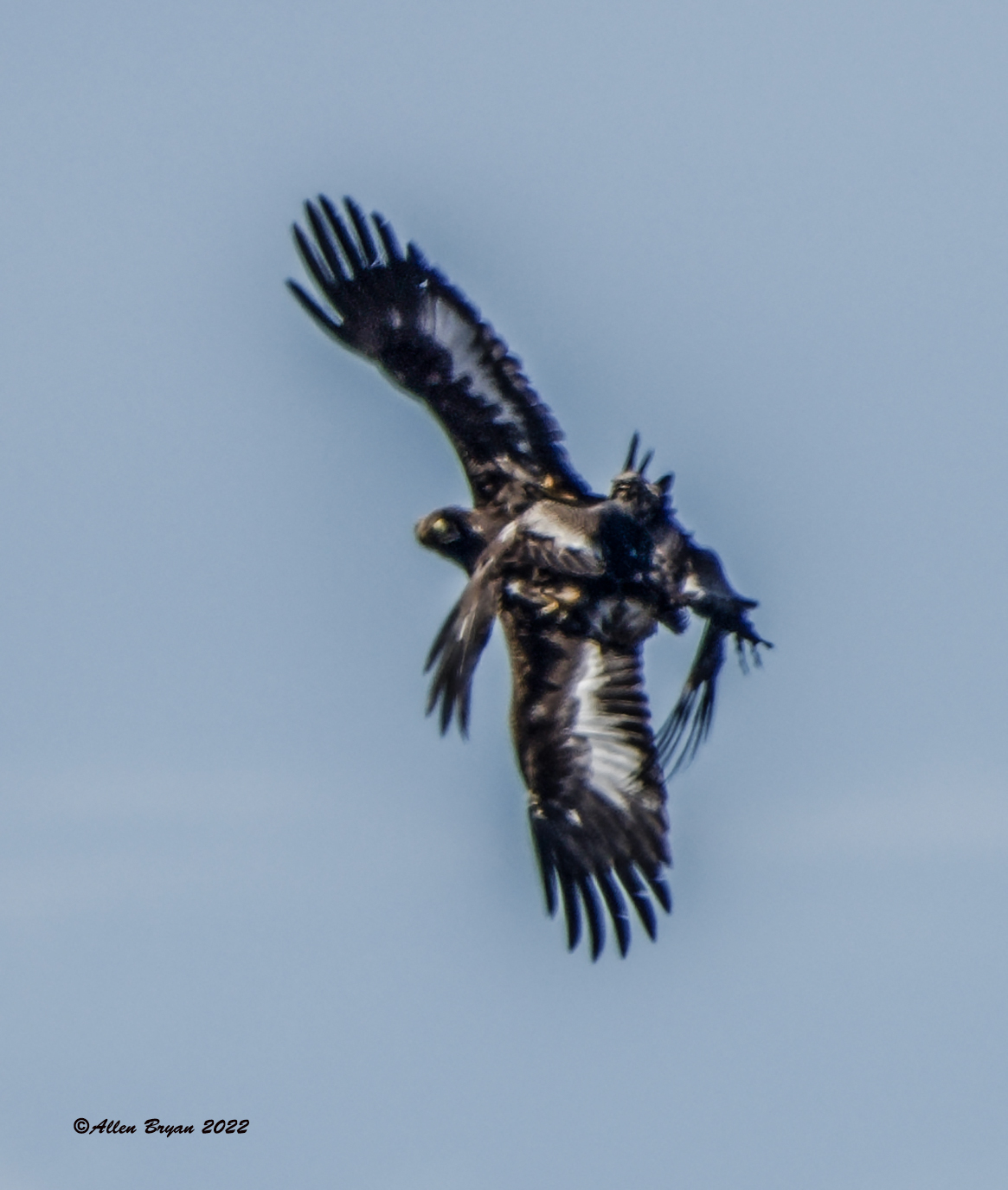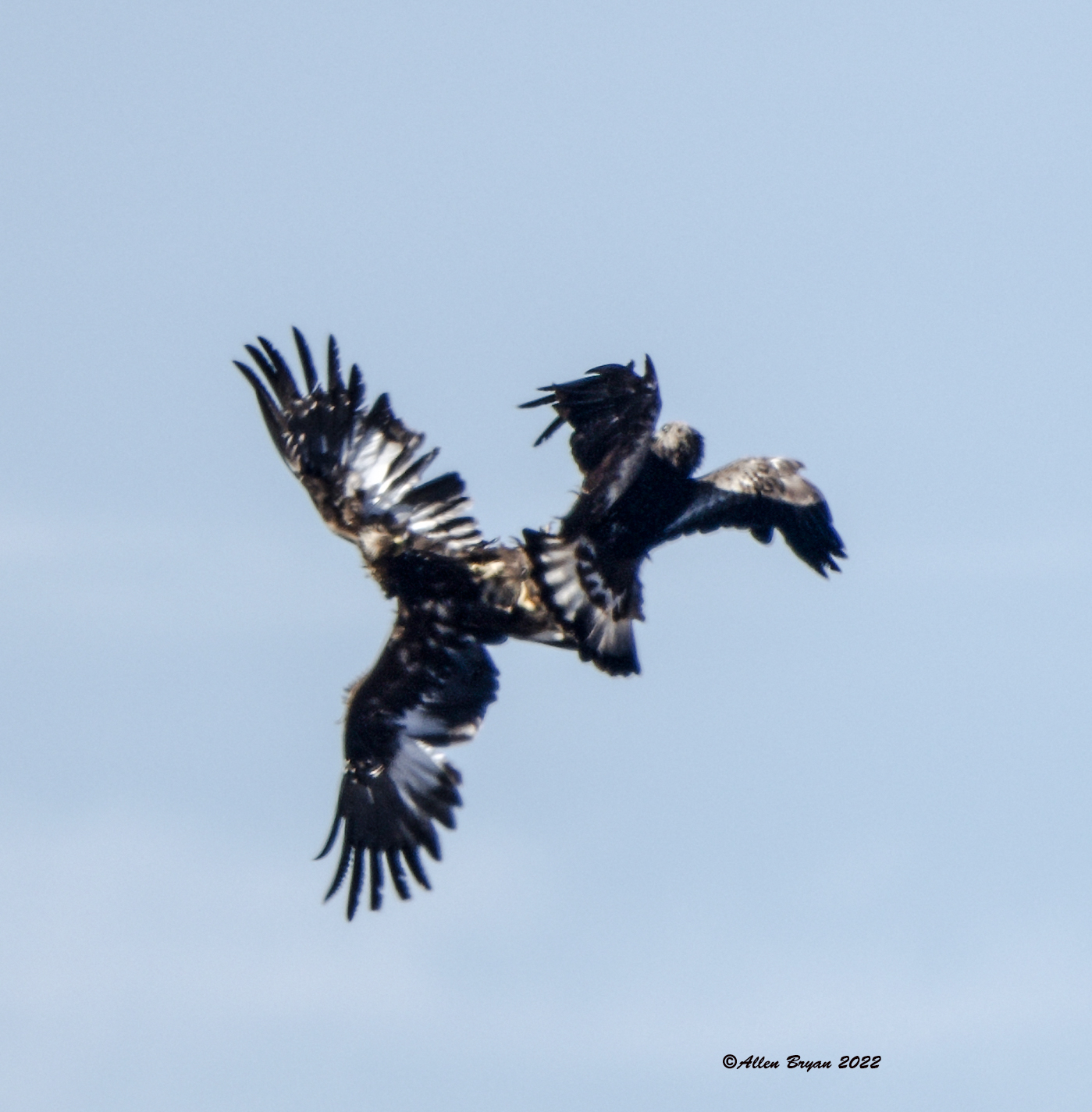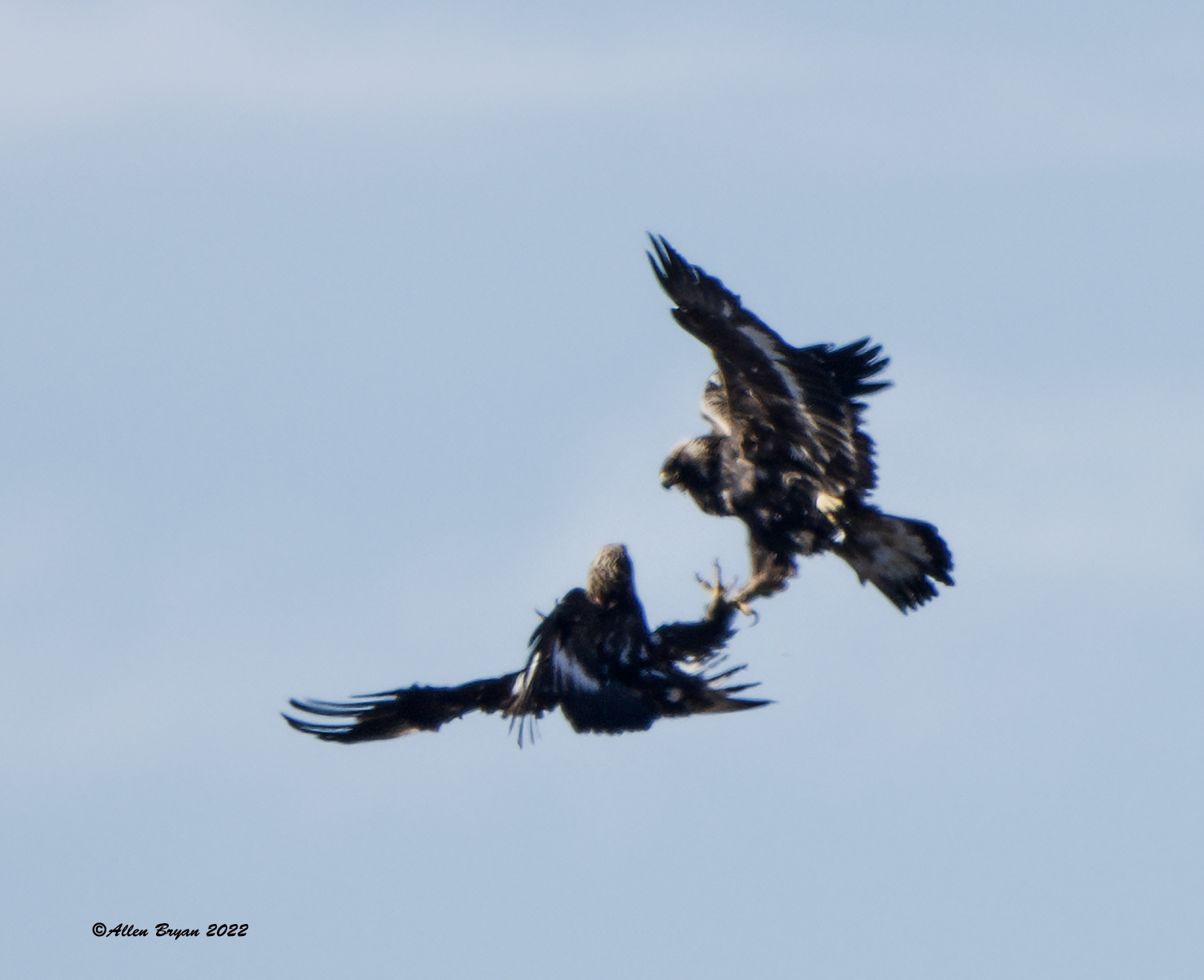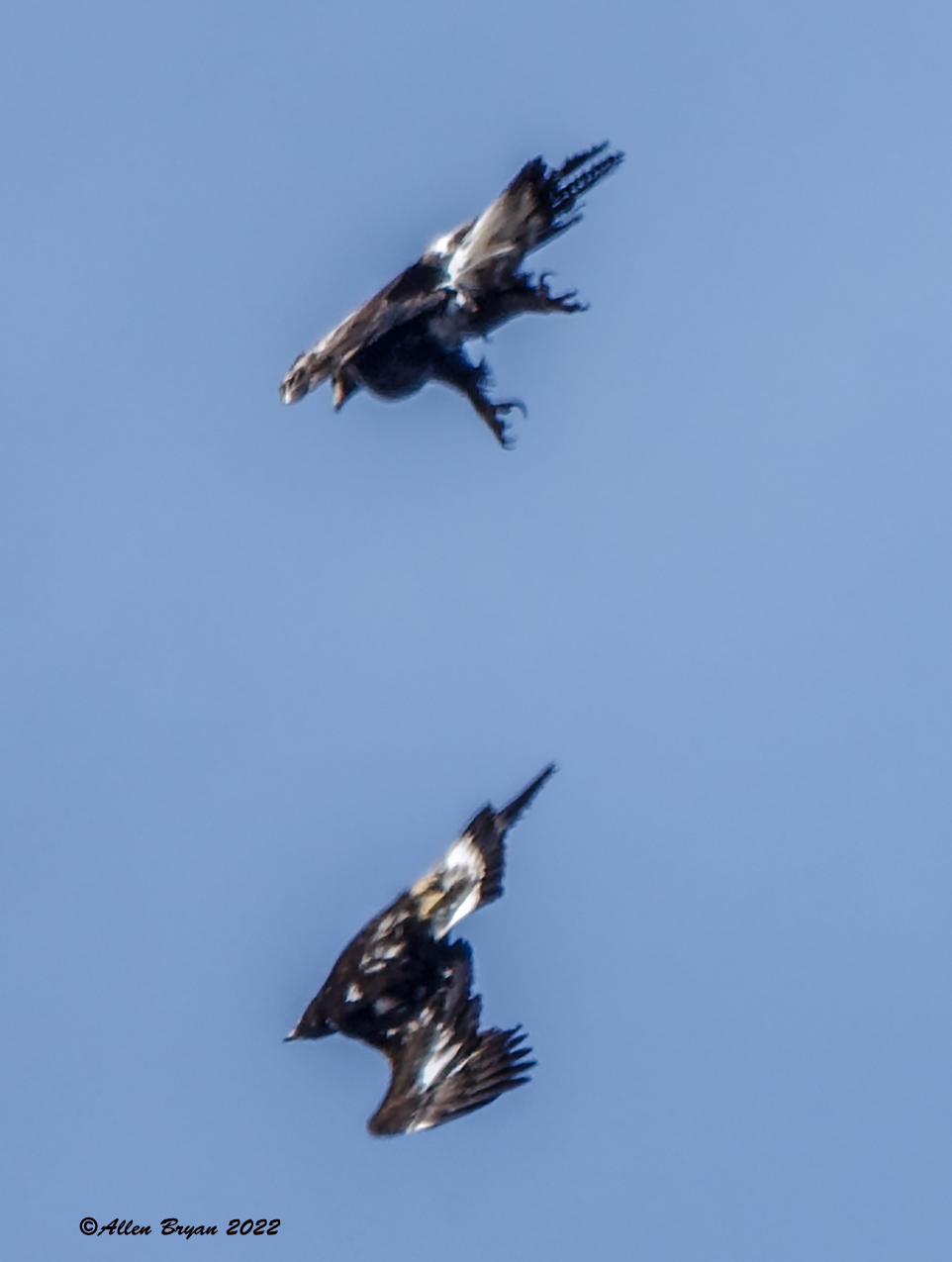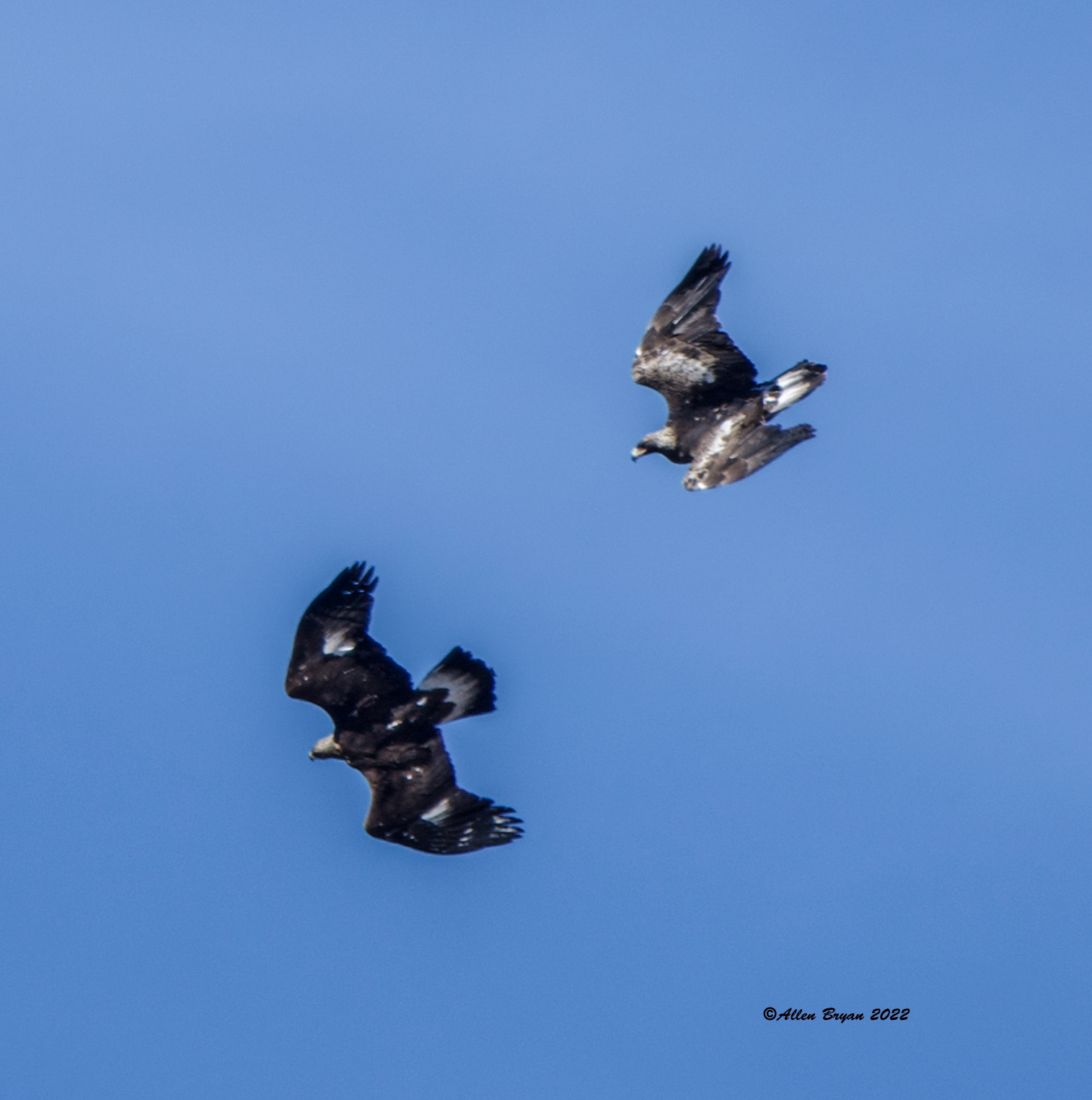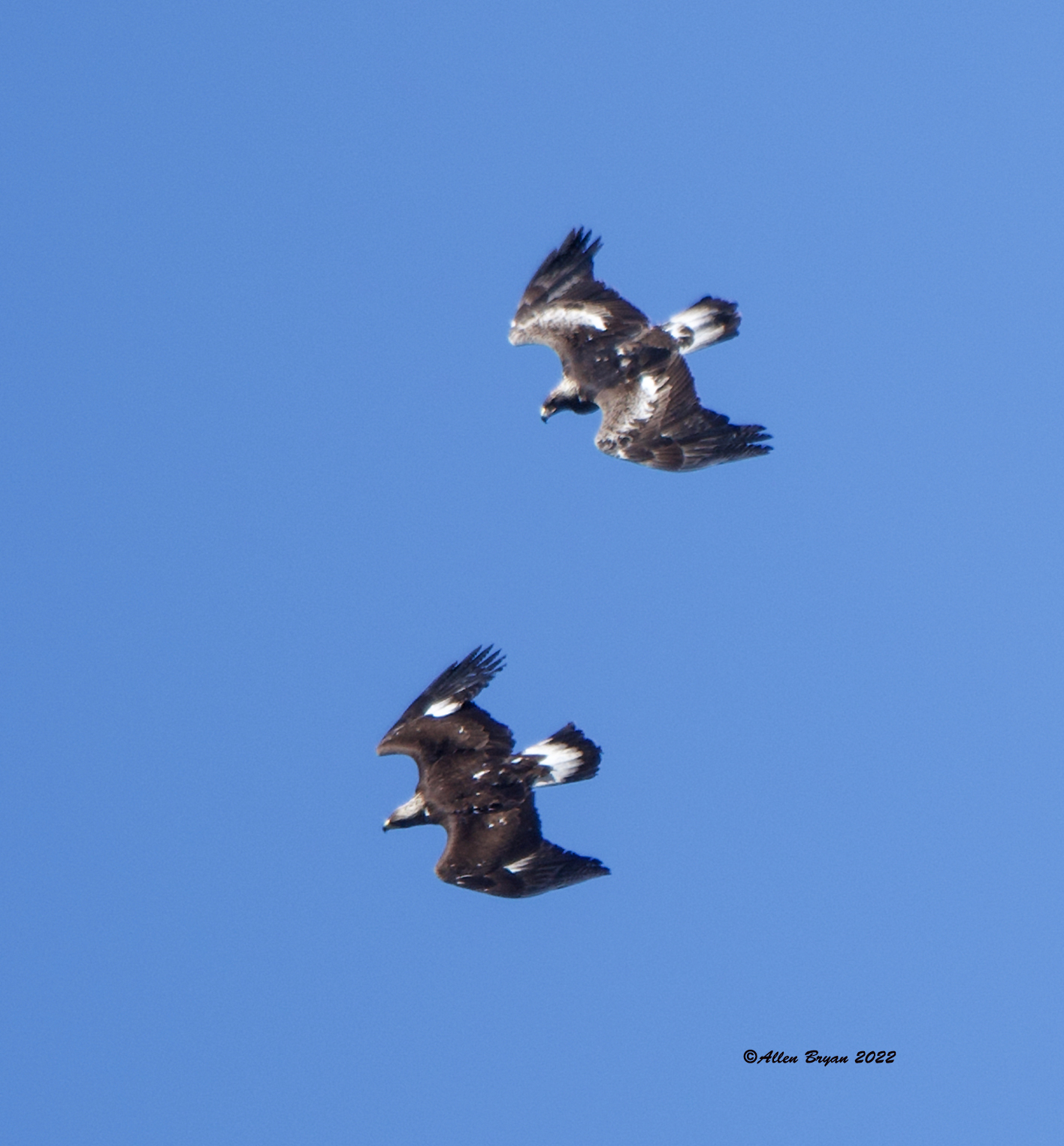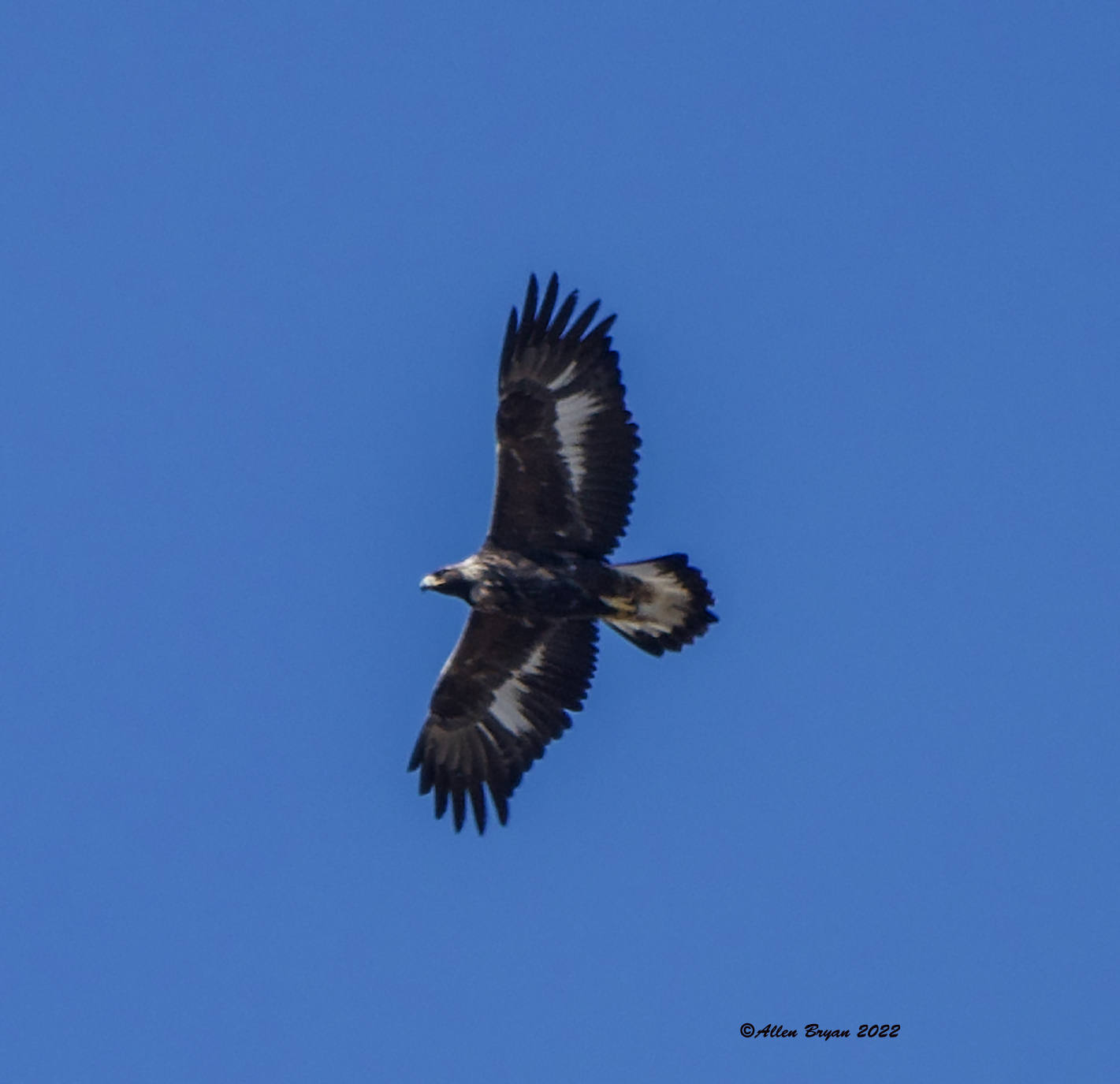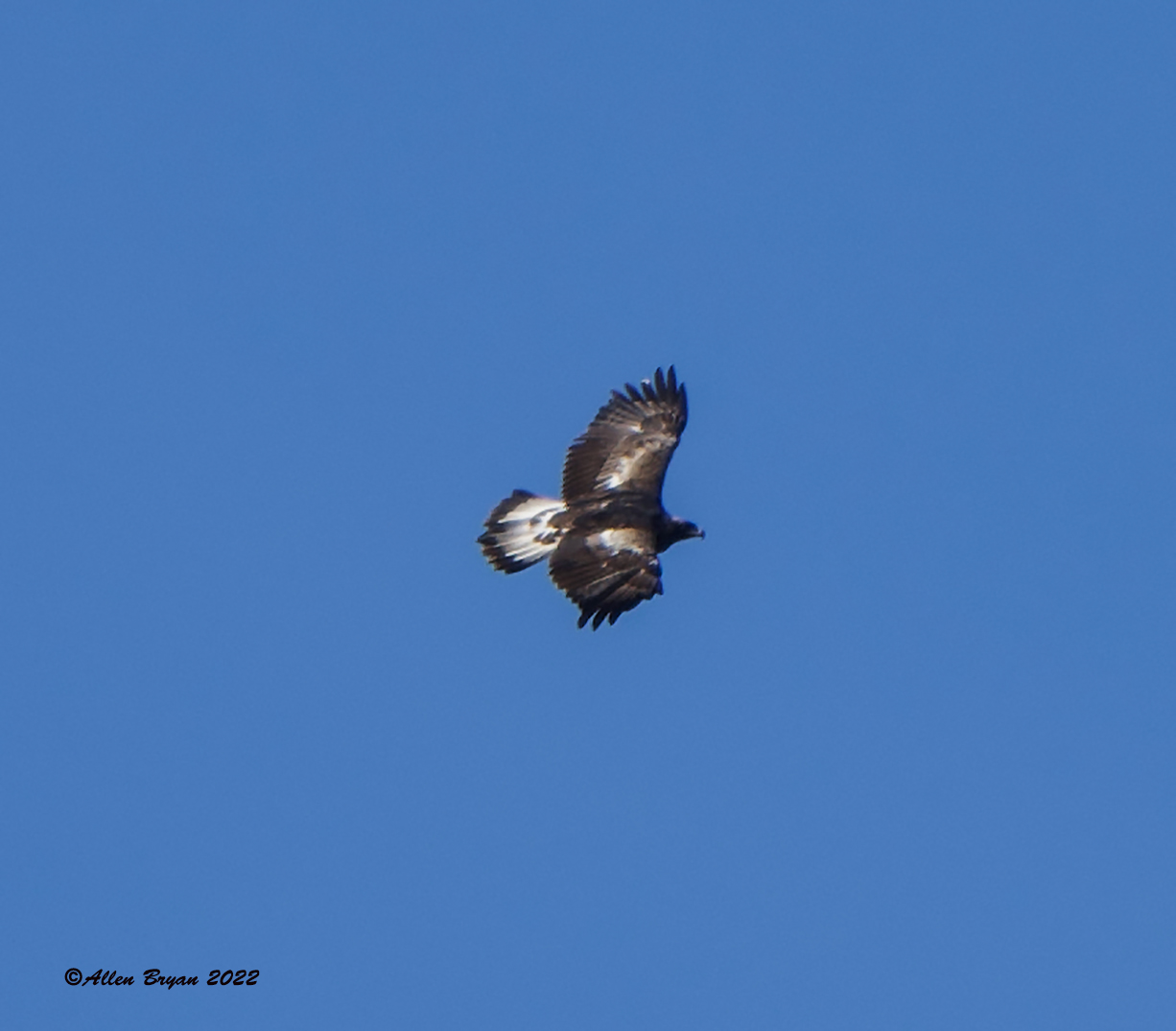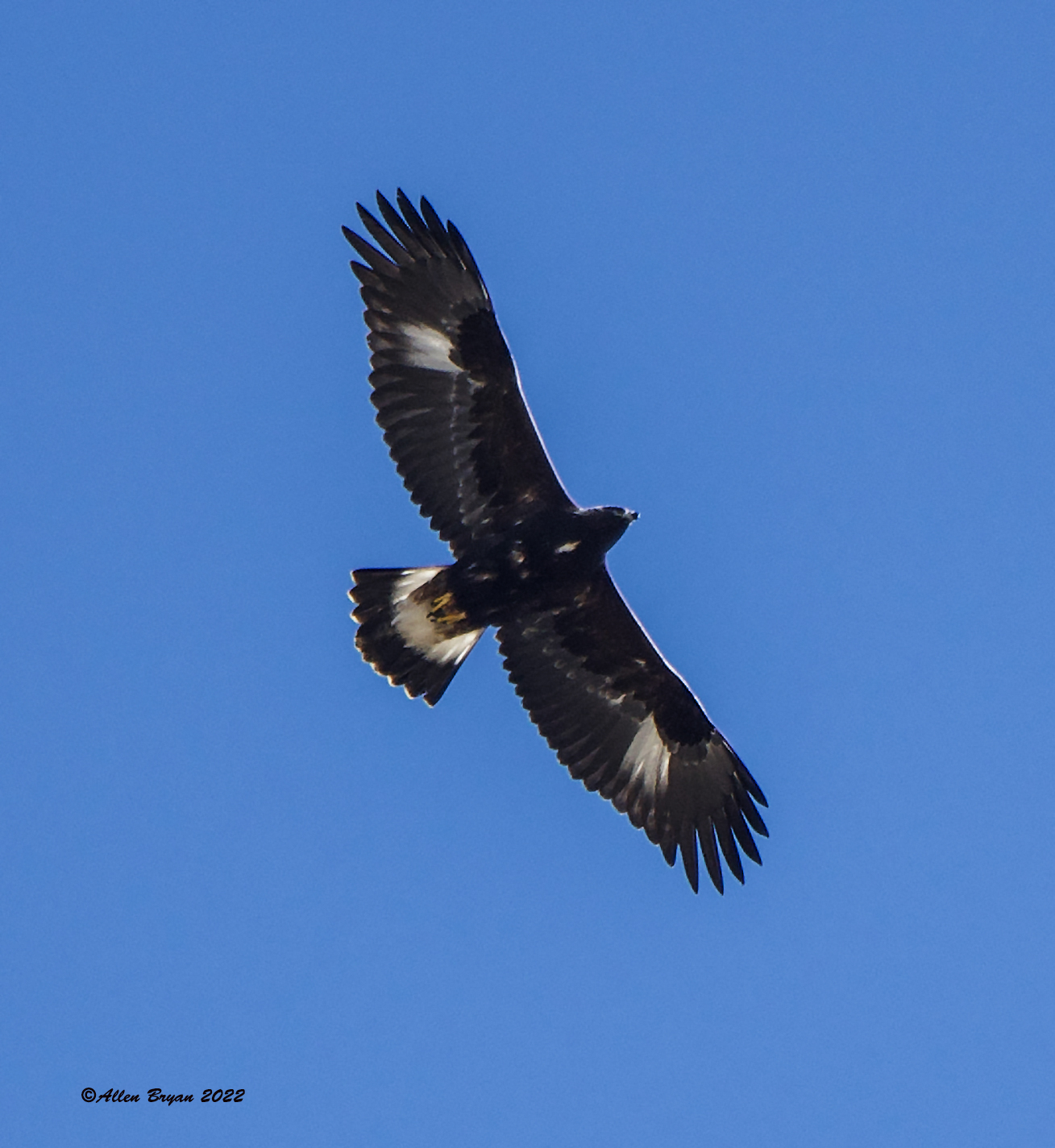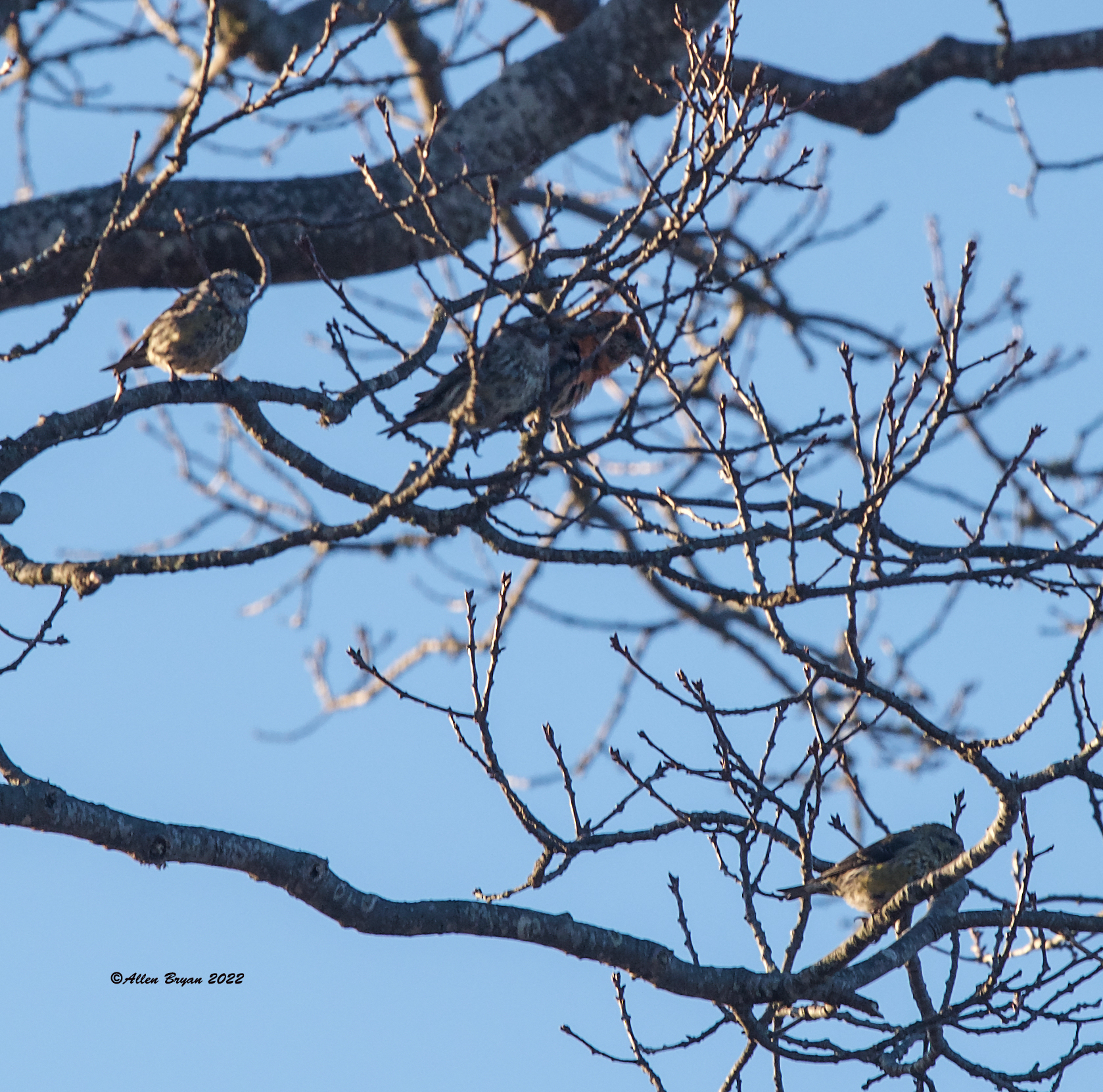February 28, 2022
Over the last 10+ years, we have had a growing population of leucistic Gray Squirrels in our western Henrico County, Virginia neighborhood. During the last week we have noted a maxima of three (3) individuals in a neighborhood yard, which is the most at any one location, to date, that we have observed. For those of you who might not be familiar with leucism, it is a genetic mutation that can cause reduced pigmentation in the skin, hair or feathers of animals. Albinism on the other hand is the complete loss of pigmentation in the body of an animal. As you look at the next images you will note that all of the squirrels have dark eyes and some brown spots that you can note on their ears and toes.
February 23, 2022
With the light rain and mild temperatures we had yesterday and until this morning, I decided to visit Powhatan County this afternoon for pursuit of salamanders. I noted a definite increase in salamander activity (numbers) even though the soil was not as moist as I had hoped. Four (4) species were observed
| Red-backed Salamander | 14 |
| Marbled Salamander | 2 |
| Slimy Salamander Complex | 1 |
| Red-spotted Newt | 1 |
The unexpected surprise of the day was my first of season (FOS), in Virginia, Azure species butterfly. A very fresh presumably Spring brood Summer Azure demonstrated itself on the trail as I was walking.
February 21, 2022
I visited Powhatan County again in hopes of locating some salamanders. On this trip I was successful in locating what I think are two (2) additional species for the year:
Southern Two-lined Salamander
Northern Dusky Salamander
I also noted my first emerging Skunk Cabbage for the year.
February 18, 2022
I visited Powhatan County today focusing on salamander presence. This week was better than last week with some minor precipitation documented yesterday and some continued mild temperatures. After only encountering a single species last week, Red-backed Salamander, I added an additional three (3) species this week.
| Red-backed Salamander | 5 (3 red morph & 2 lead/dark morph |
| Marbled Salamander | 1 |
| Spotted Salamander | 1 |
| Slimy Salamander Complex | 1 (possible Northern Slimy?) |
February 10 & 11, 2022
On February 10th, I visited Powhatan County to look for salamanders. I encountered three (3) individuals all of which were Red-backed Salamanders (two of the color morphs). I also observed my first wasp species of the year, a Spider Wasp (Priocnemis minorata) which is one of the earliest species to emerge.
On February 10th, I traveled down to Southampton and Sussex Counties, Virginia. I started my day in clear cut area which was about 5+/- years old. Here I encountered two (2) Lincoln’s Sparrows along with a couple of House Wrens. Eastern Towhee proved to be in “good” numbers in both counties with probably 125+ observed.
February 9, 2022
I visited Highland County today in search of Rough-legged Hawk(s) but was met with no success. I did, however, get to enjoy some interesting bird behavior with Golden Eagles. In the Bear Mountain area (both the VA and WVA sides), I had two Golden Eagles pursue one another and lock talons once and then almost again around noontime. I have never seen this behavior before with Goldens and it was quite exciting to observe the pursuit, flying inverted and locking talons.
I later had a single Golden near Hightown and two flying very high over Snowy Mountain. All birds appeared to be 1st year to sub-adult with no full adult birds observed.
I also briefly encountered a Snow Bunting on Bear Mountain Road (it got away before a photograph) and then both Pine Siskin and Red Crossbill on the same road.
(I apologize for some of the image quality as I did not have some camera settings correct for some of the images.)
February 5, 2022
I traveled by the Hopewell Marina this morning on my way to Prince George County and stopped by to see the Heerman’s Gull, which continues (see video below).
In Prince George County, the Brandon Area, the Canada Goose numbers have substantially increased with an easy 2500+ present. In amongst one group of the birds I observed six (6) Cackling Geese (see video below).
